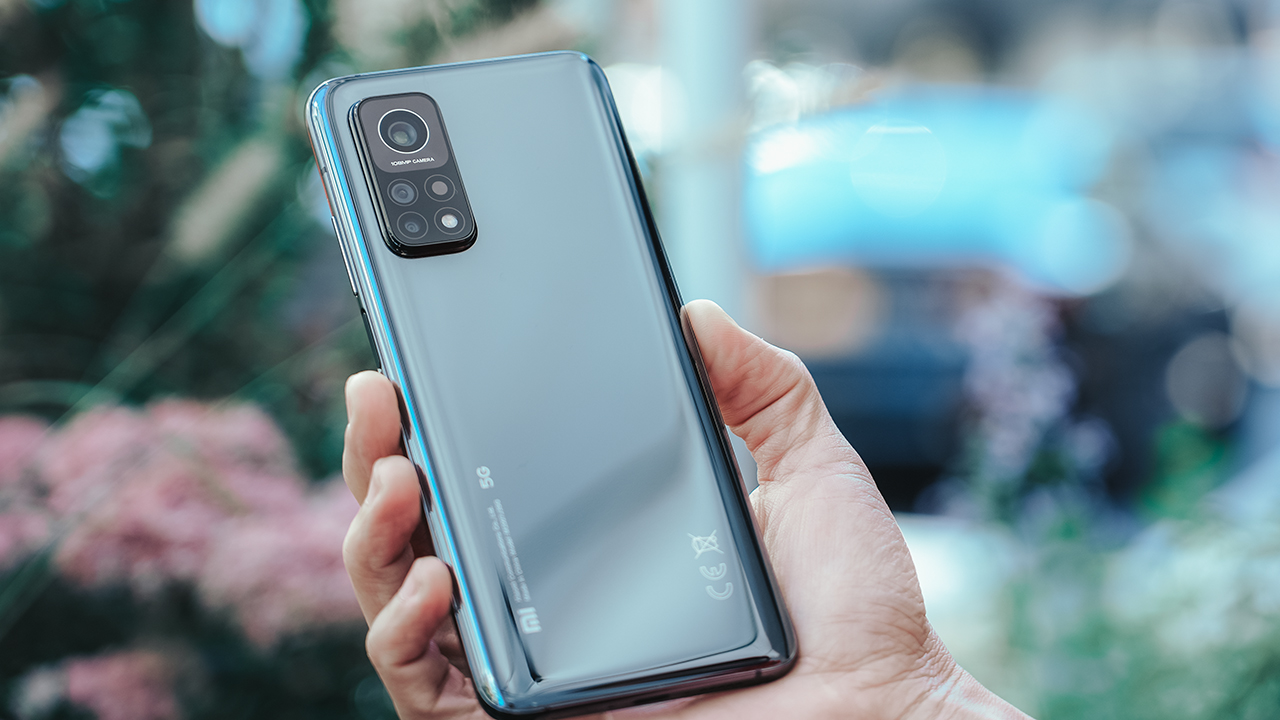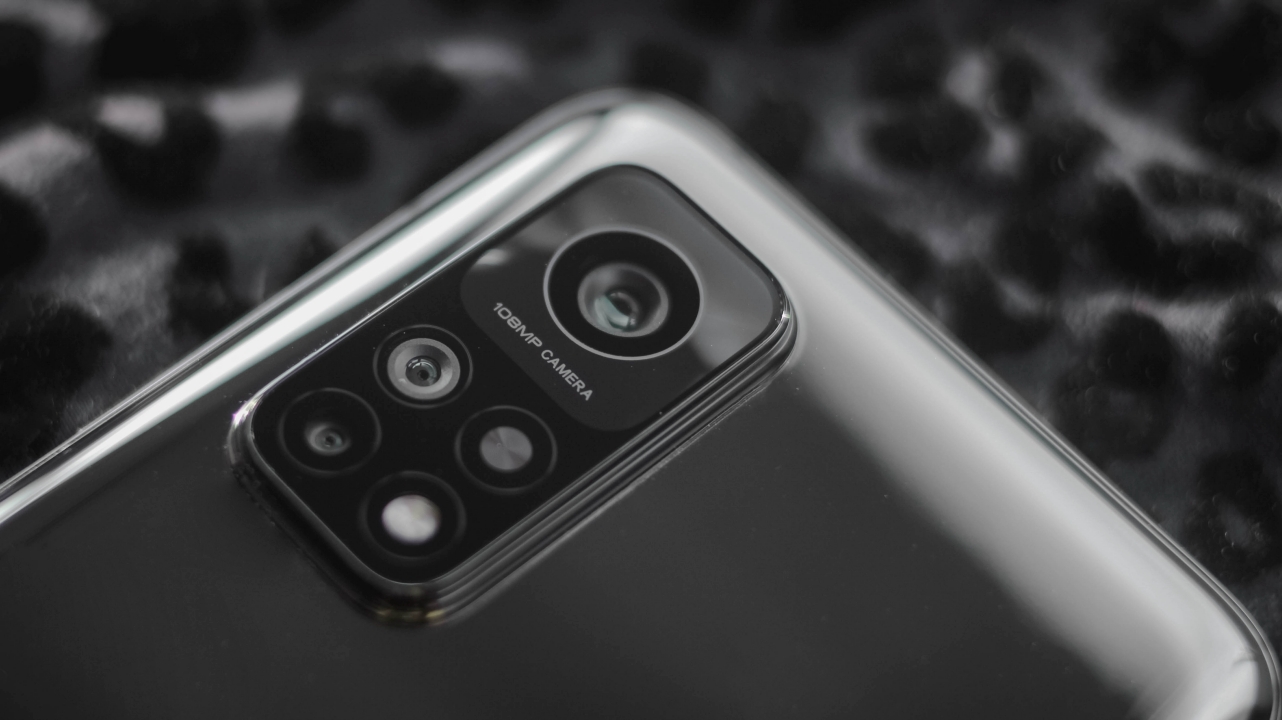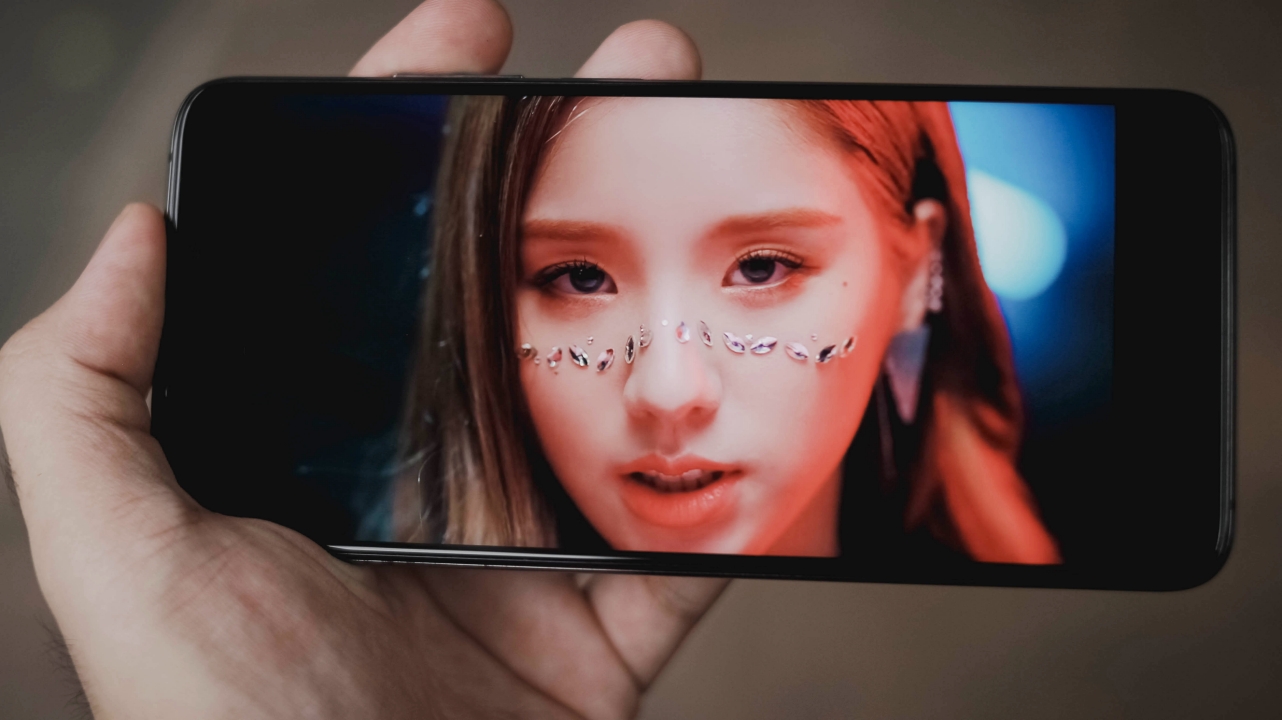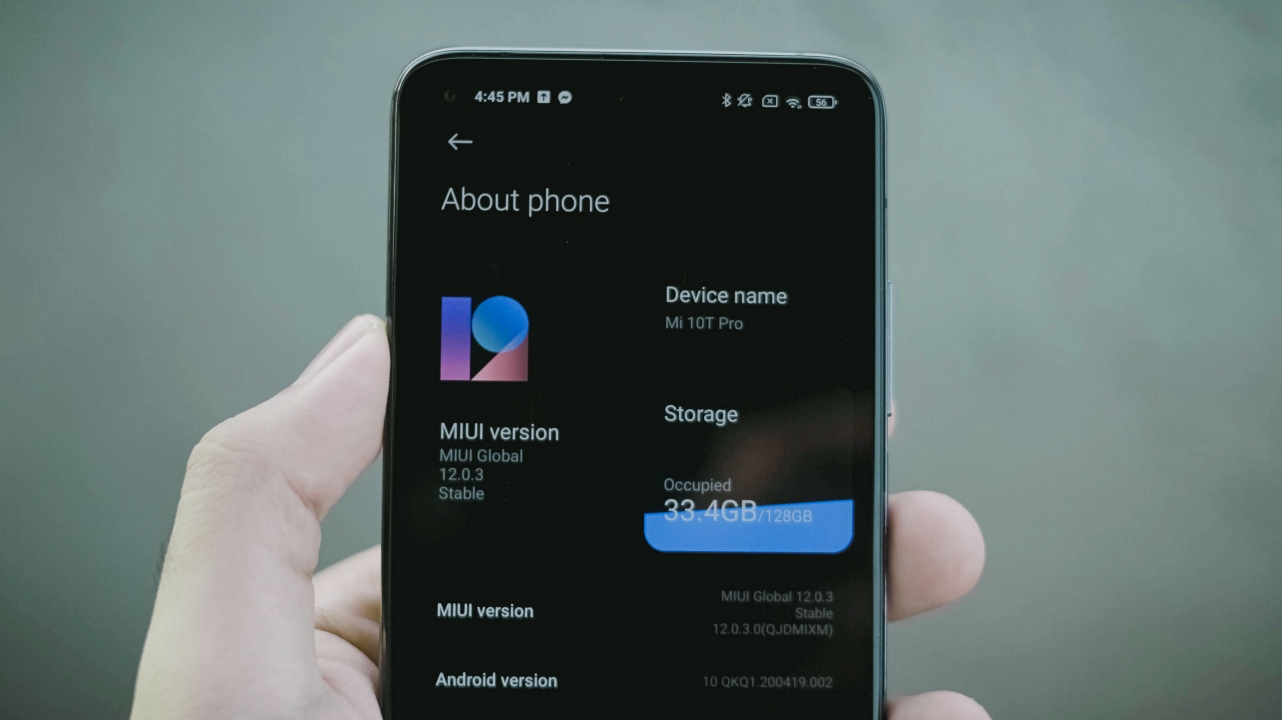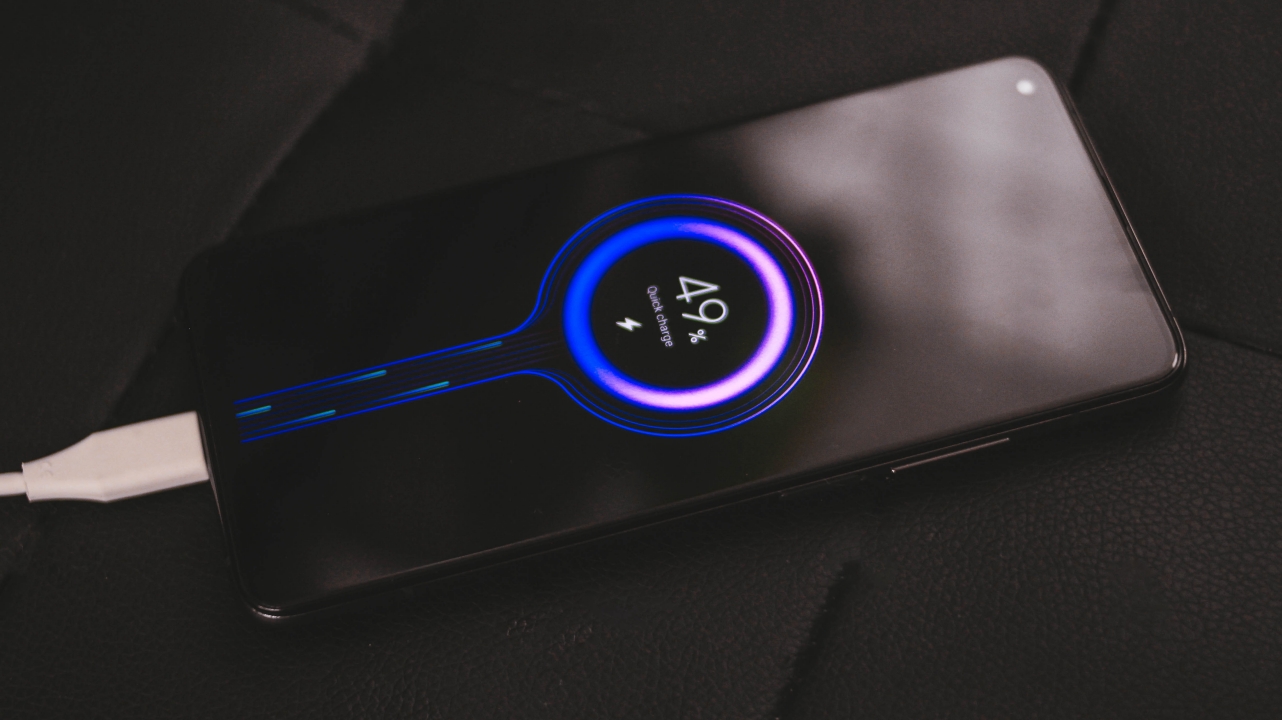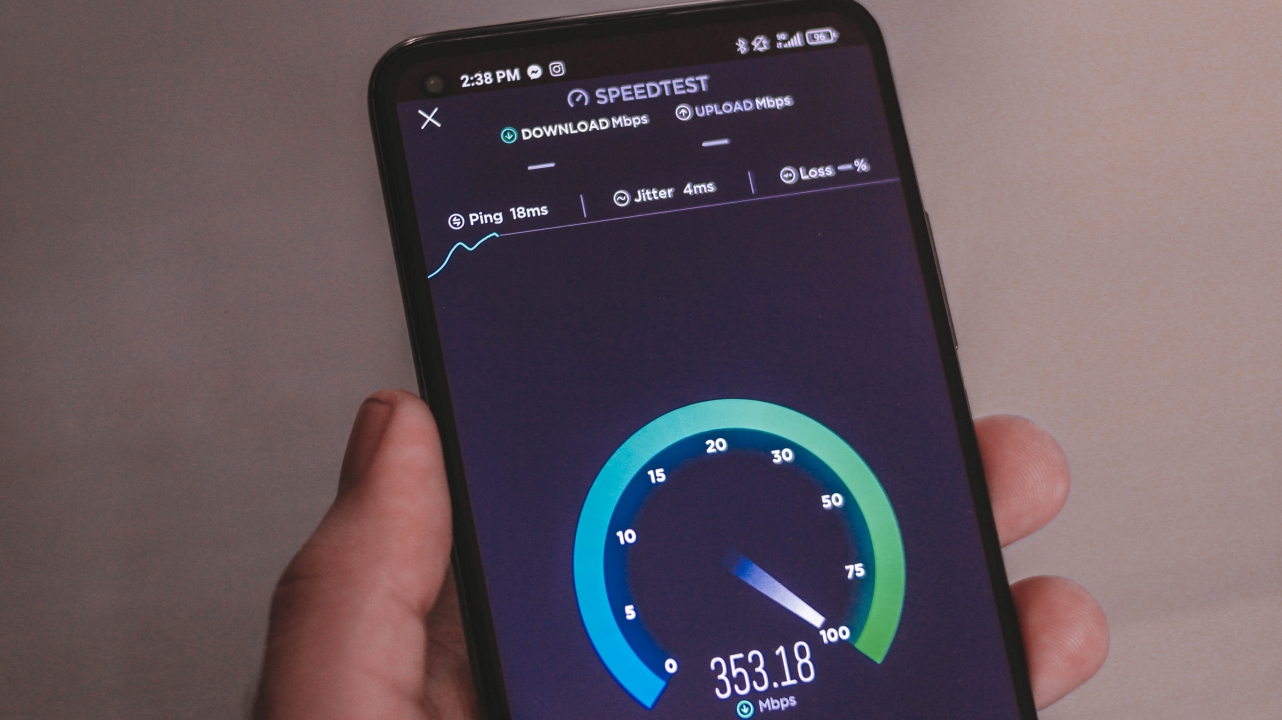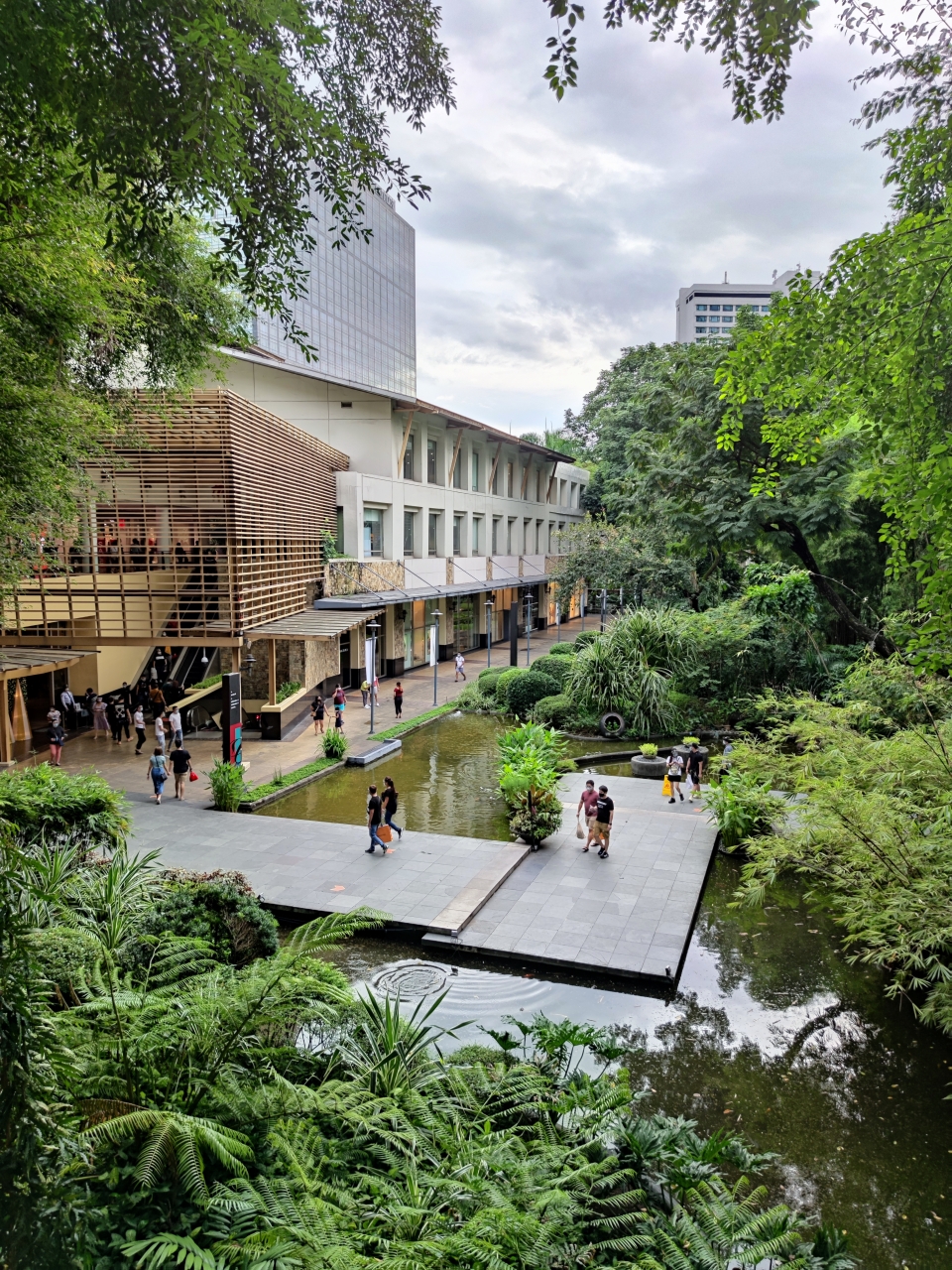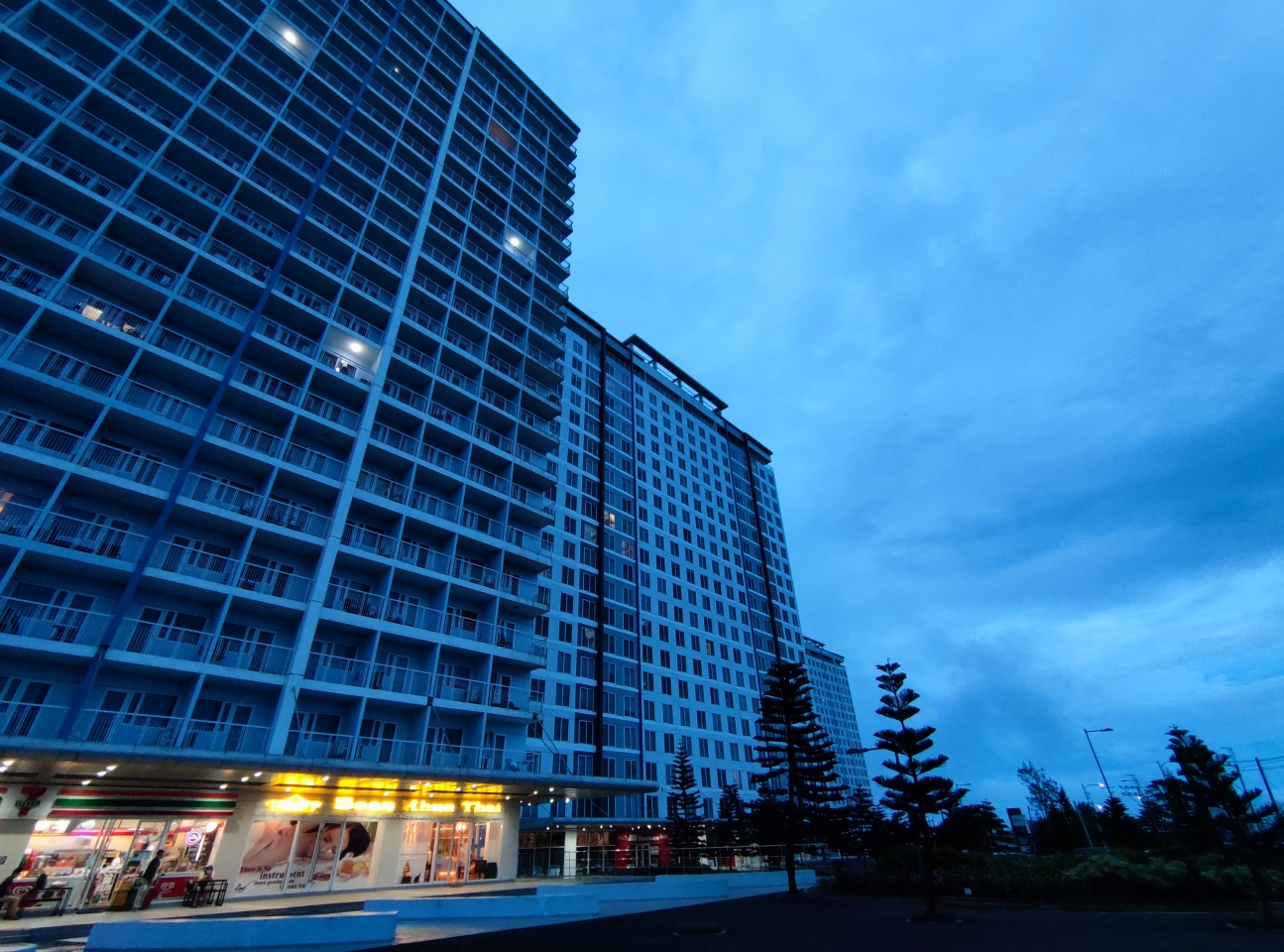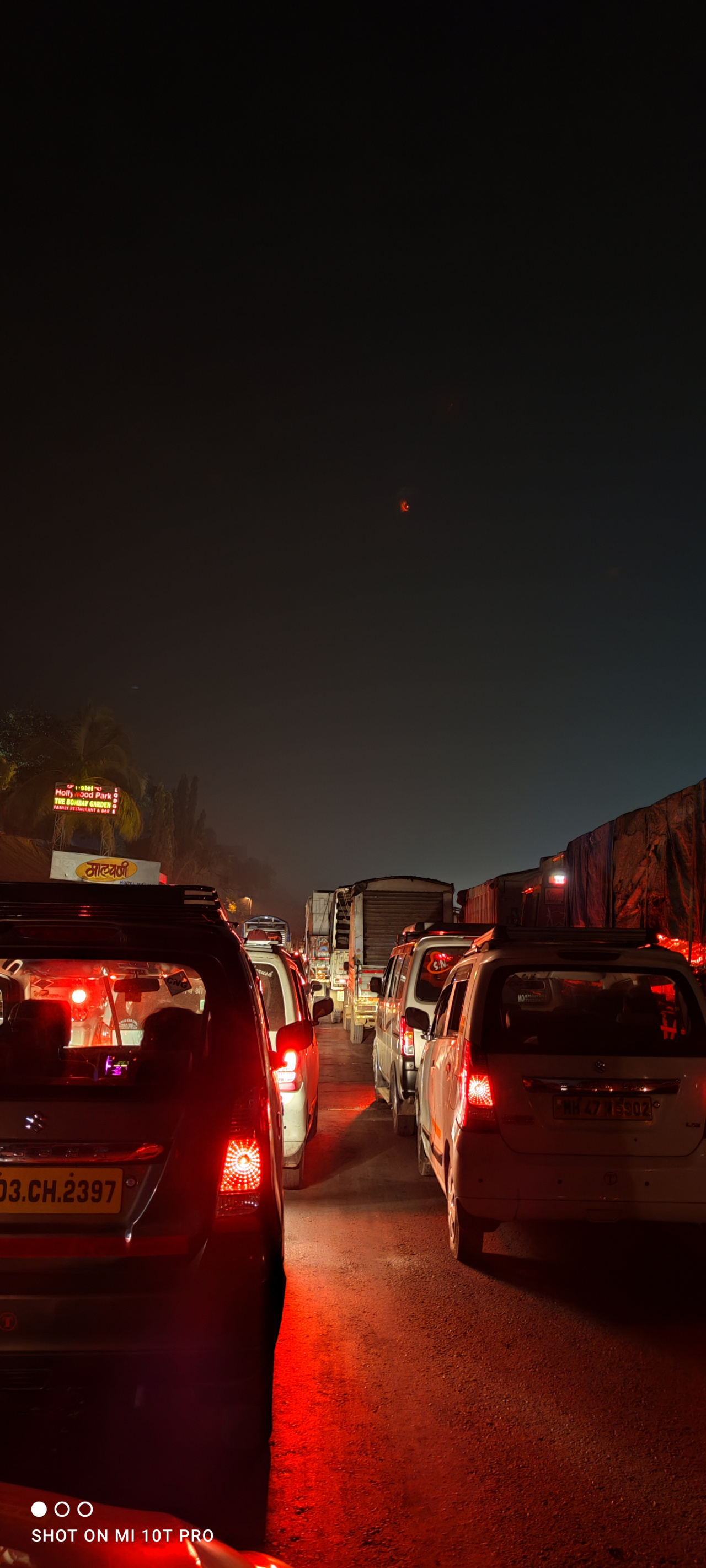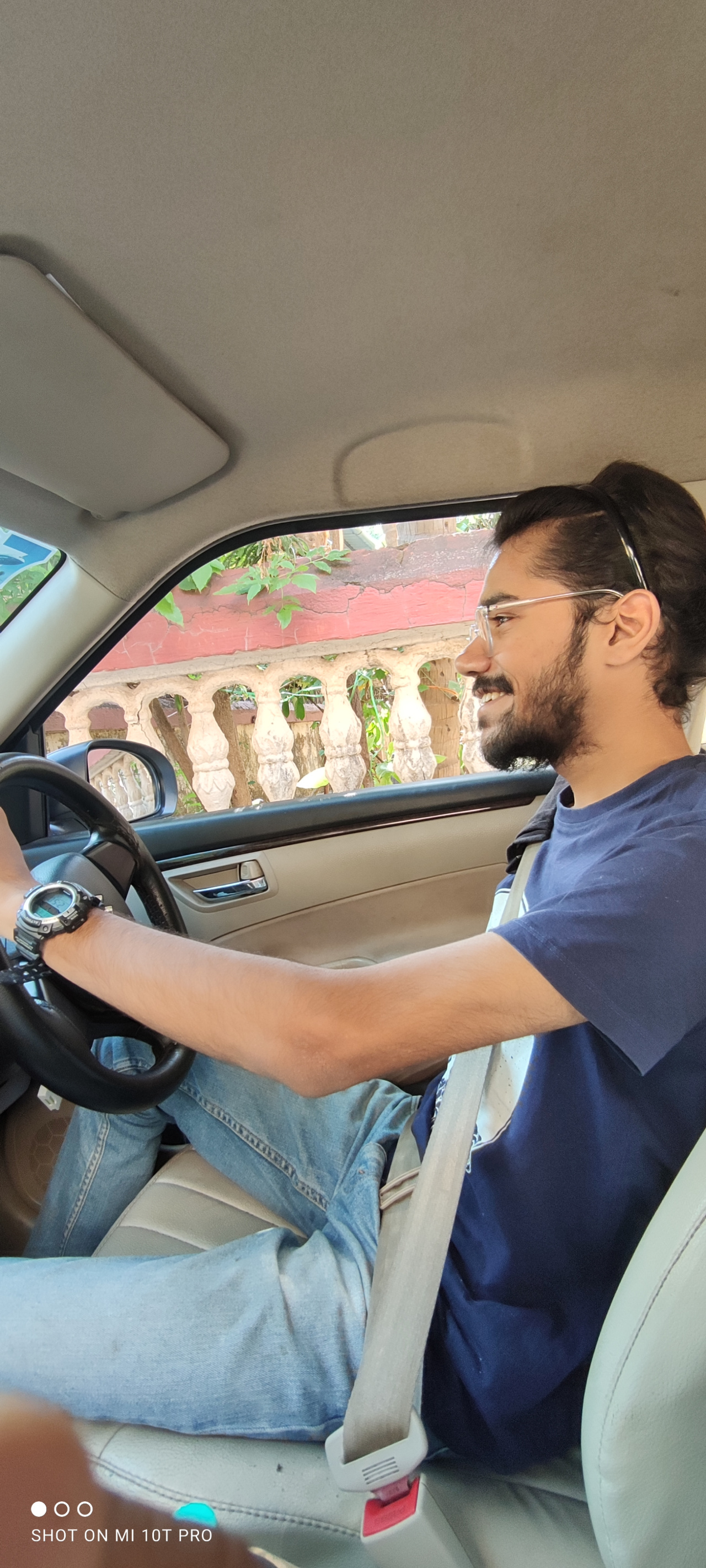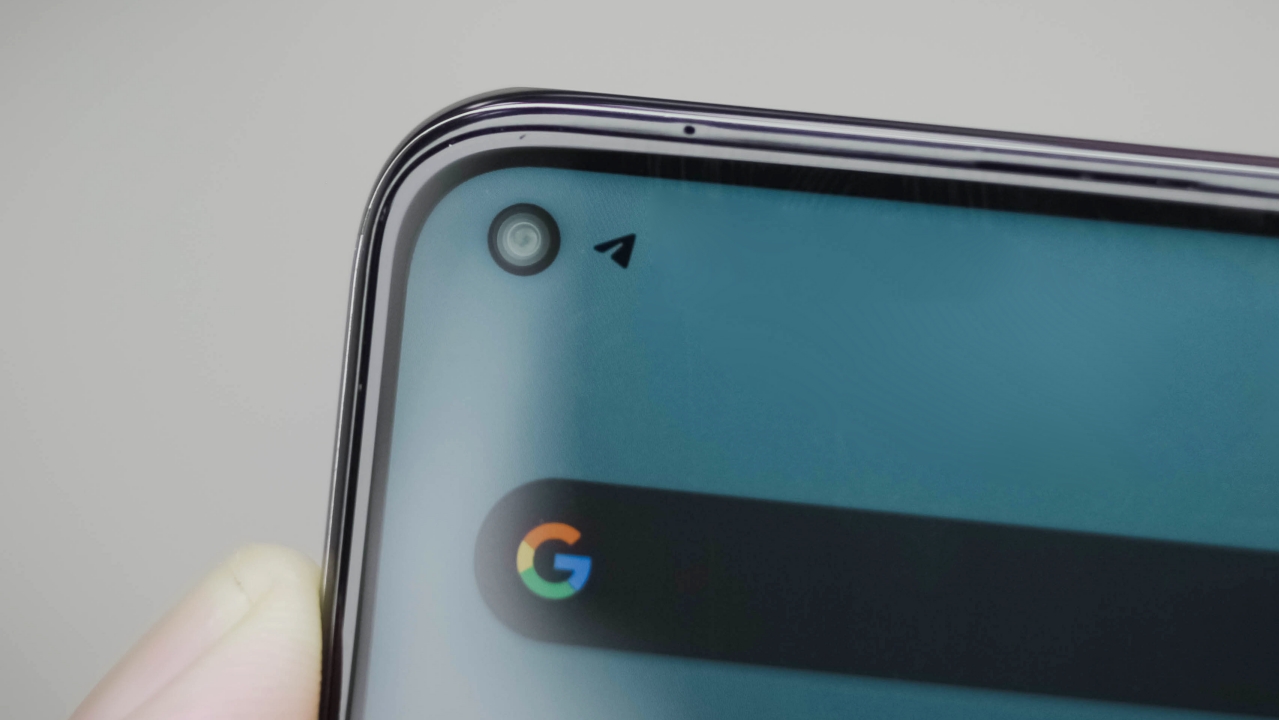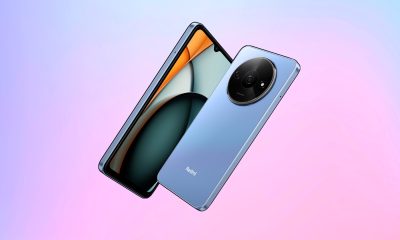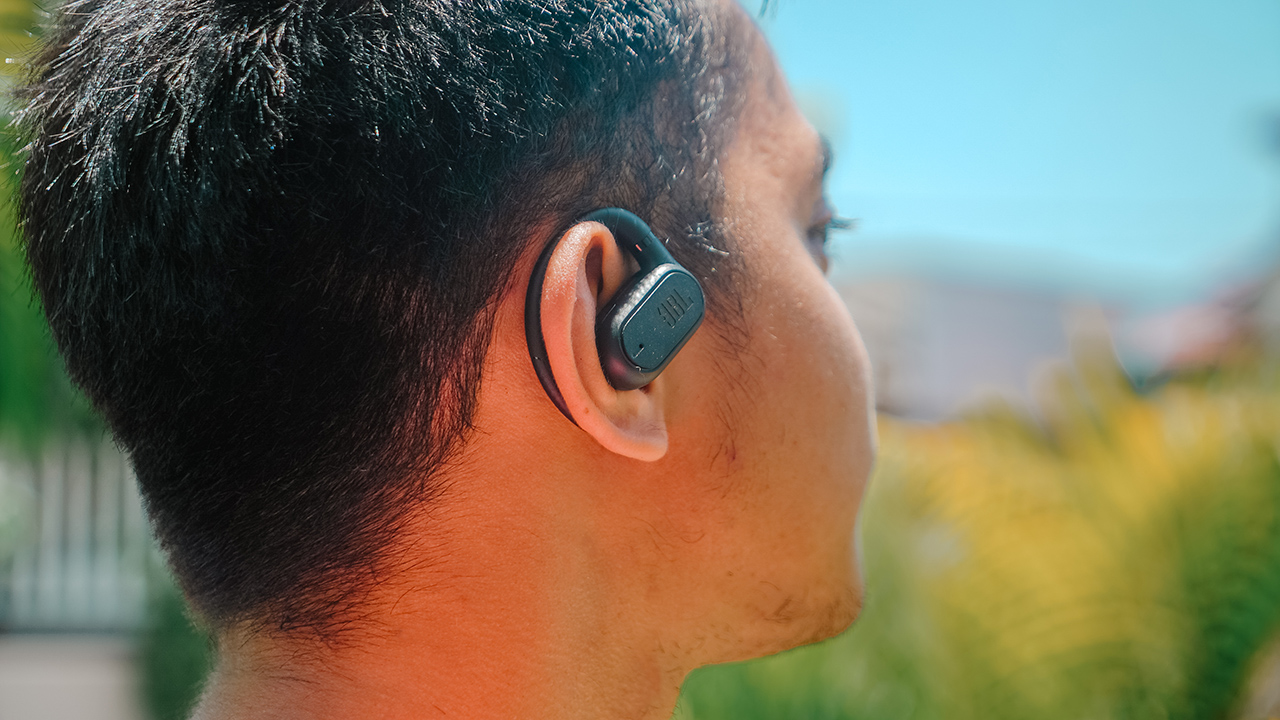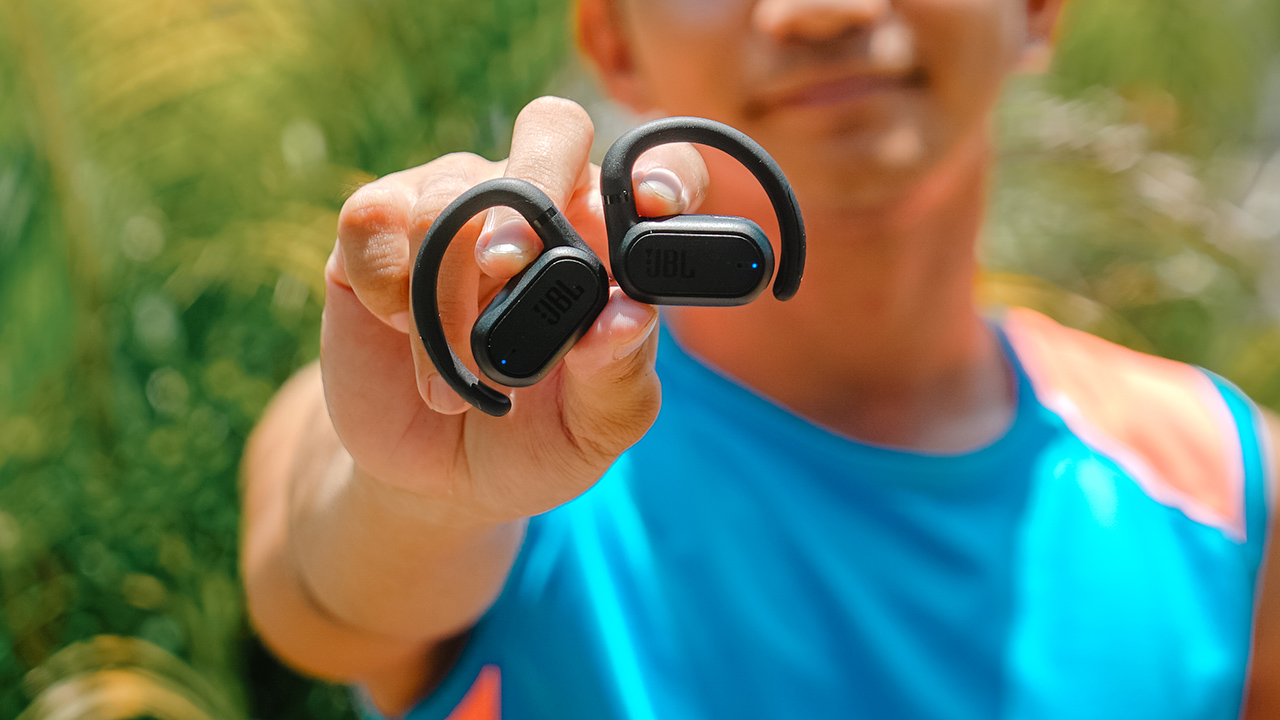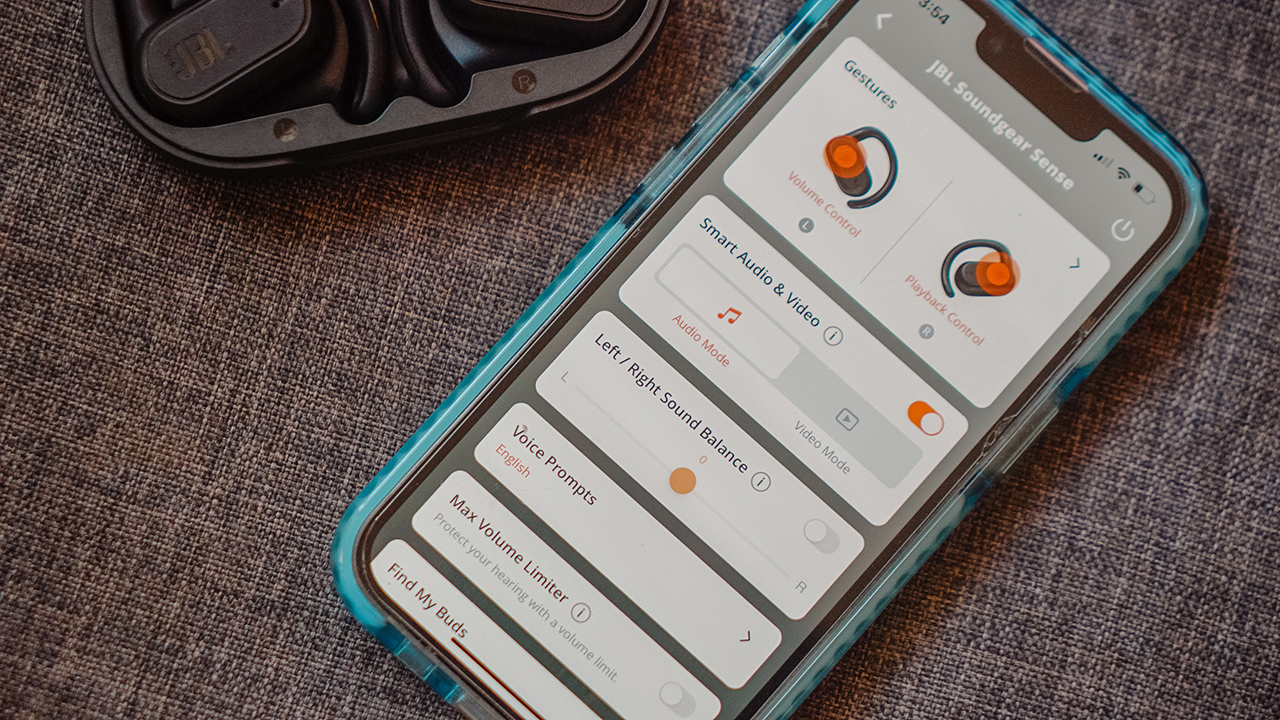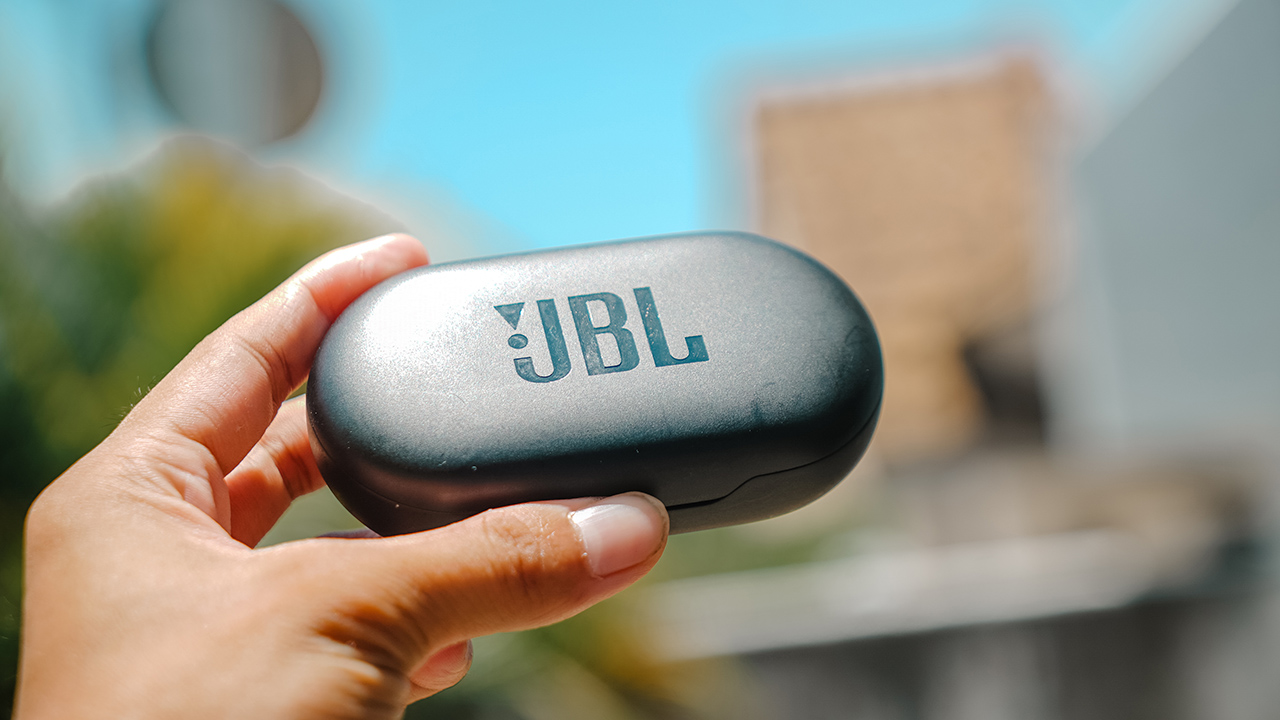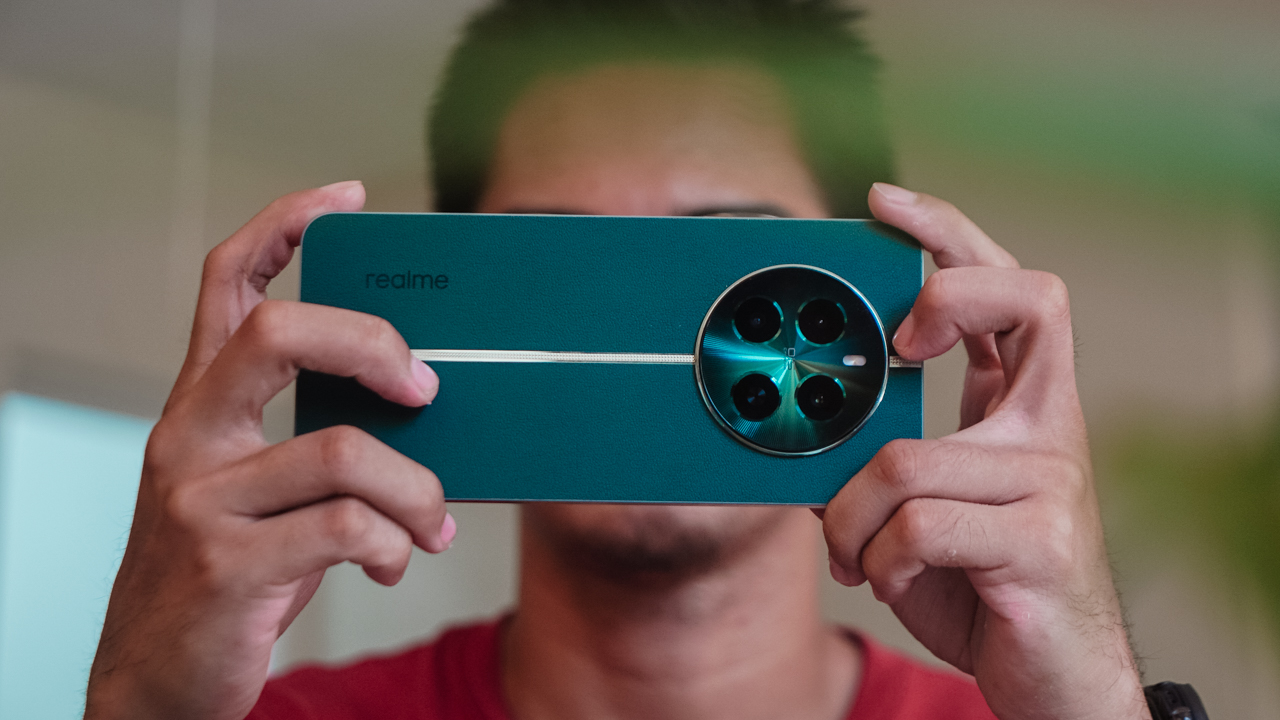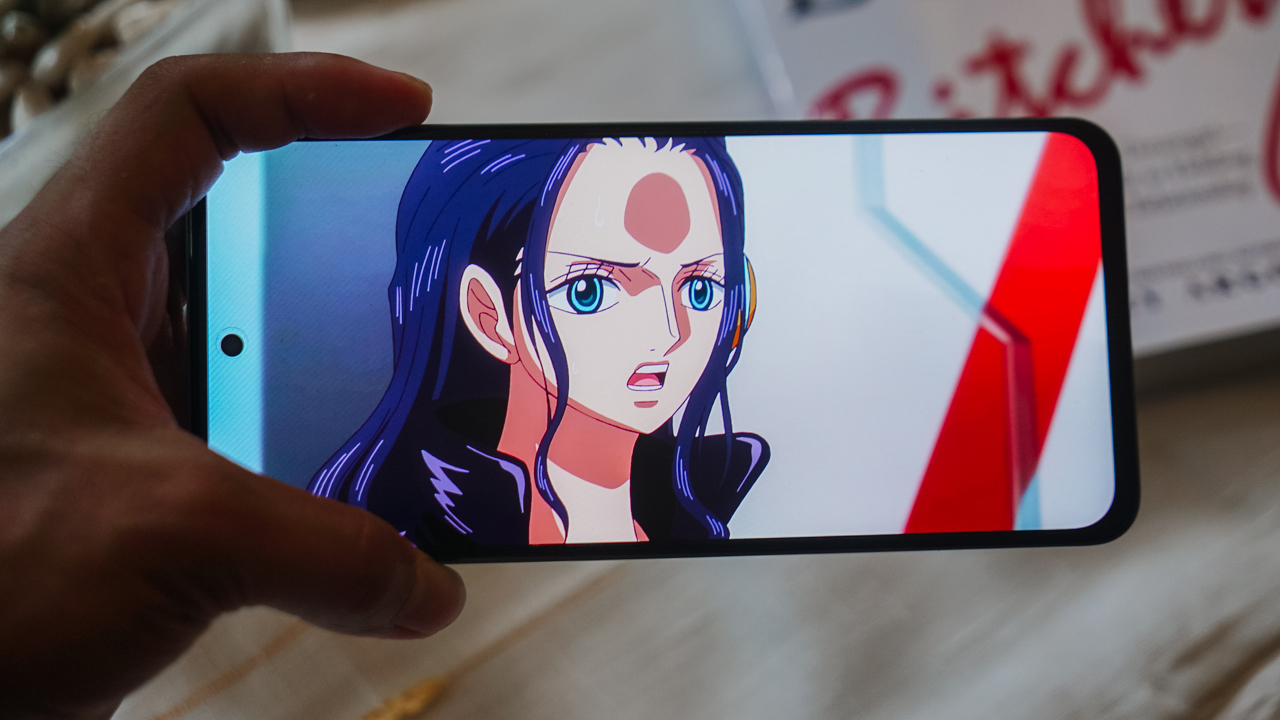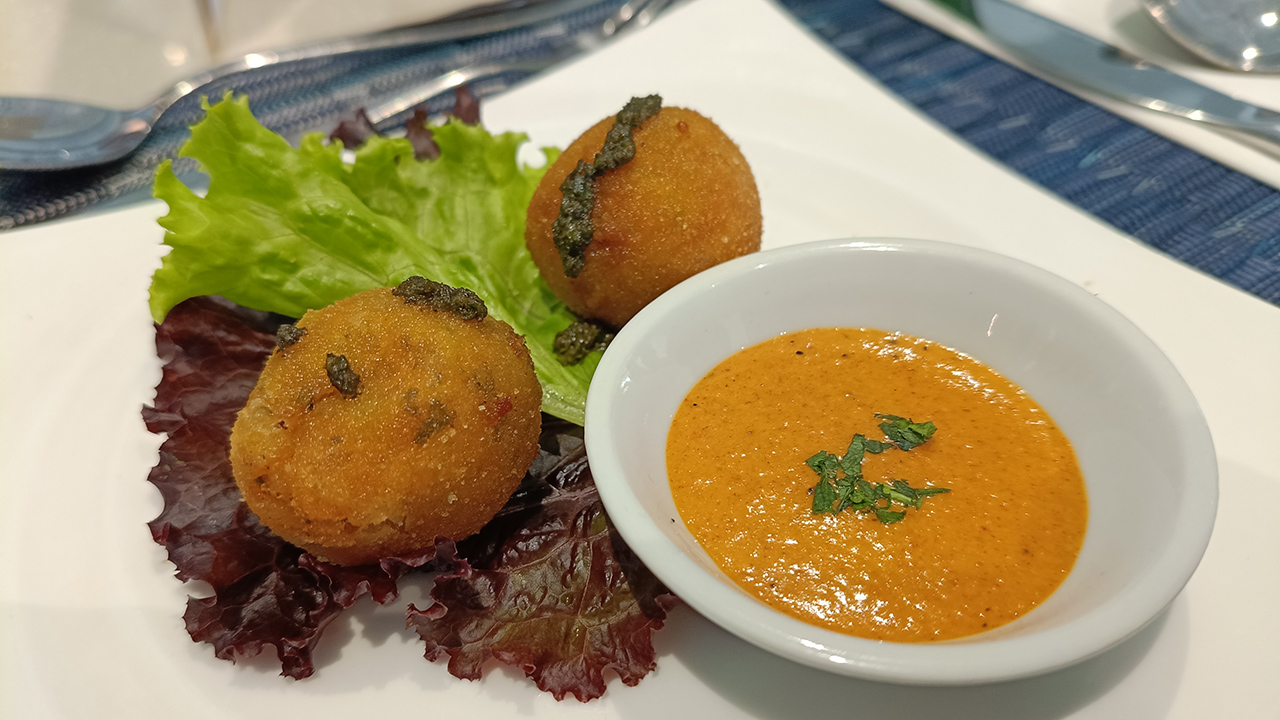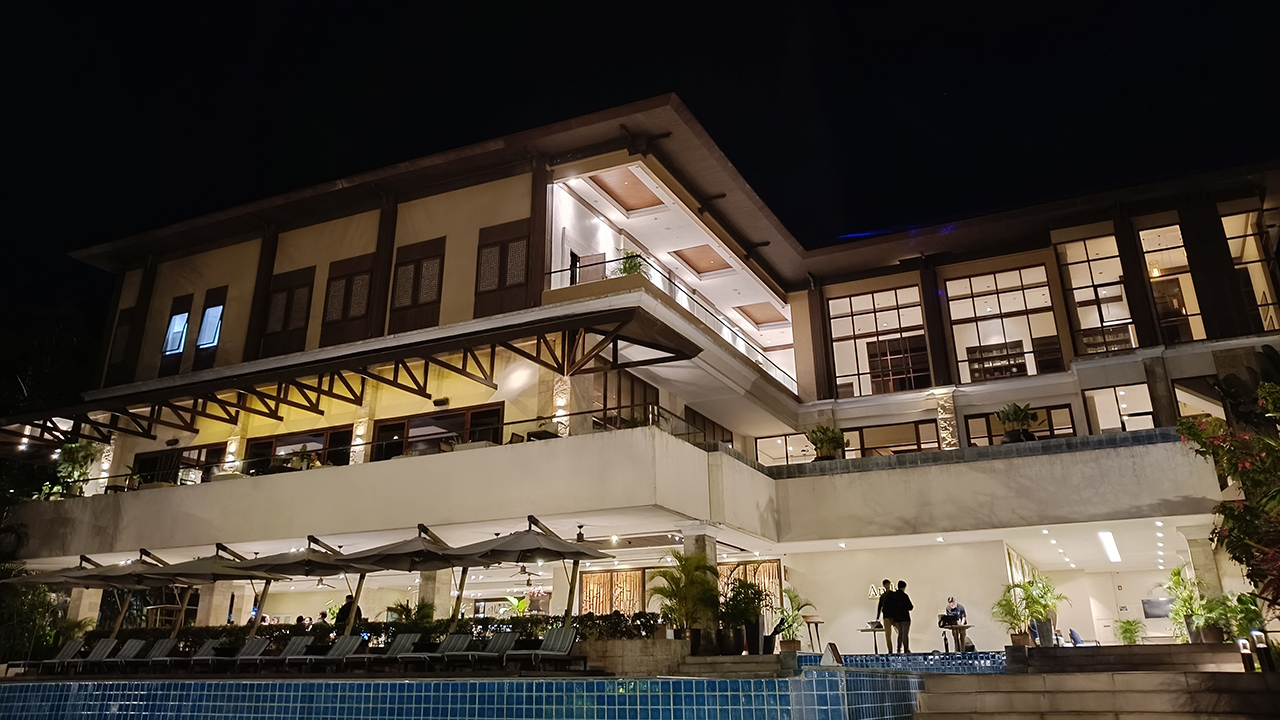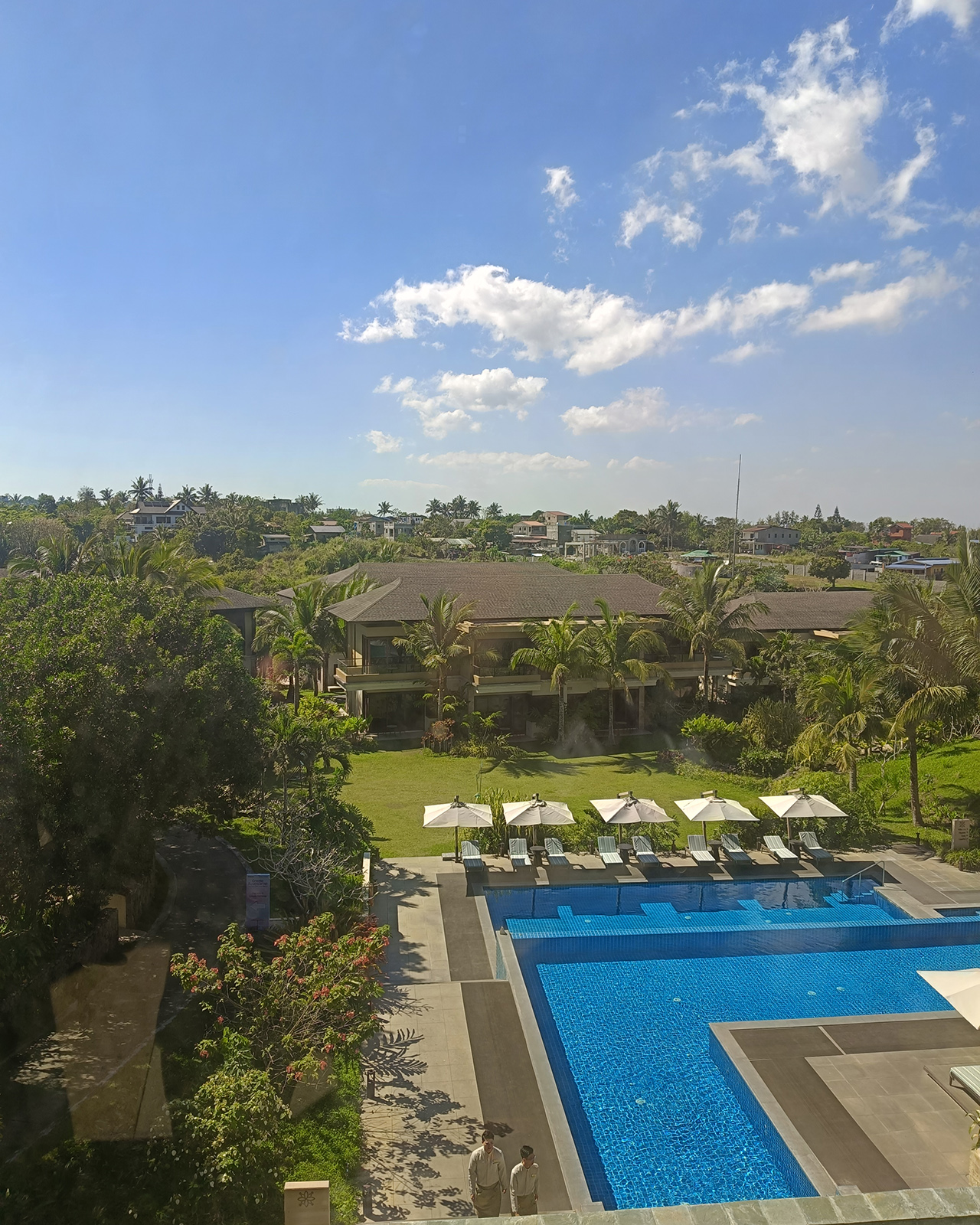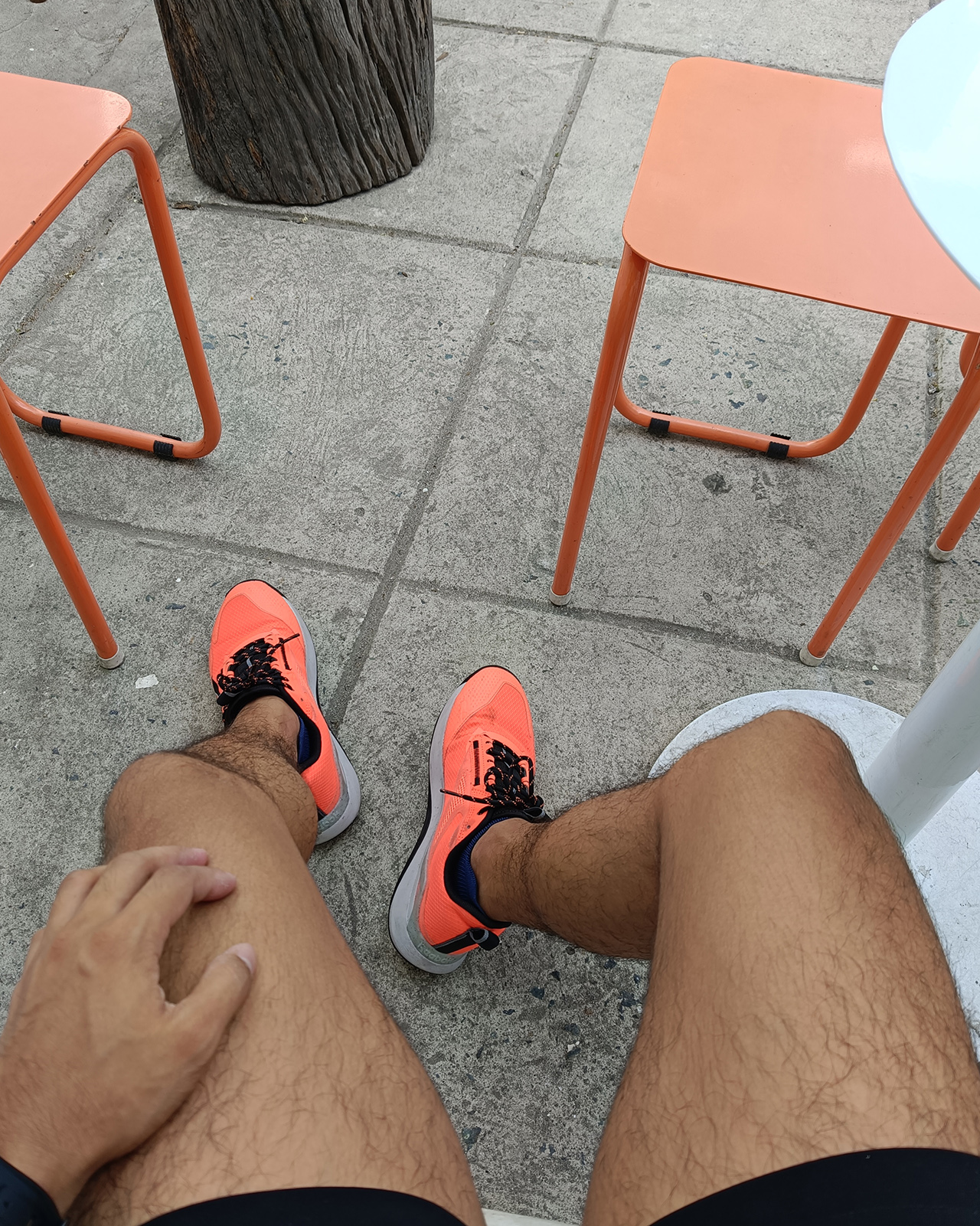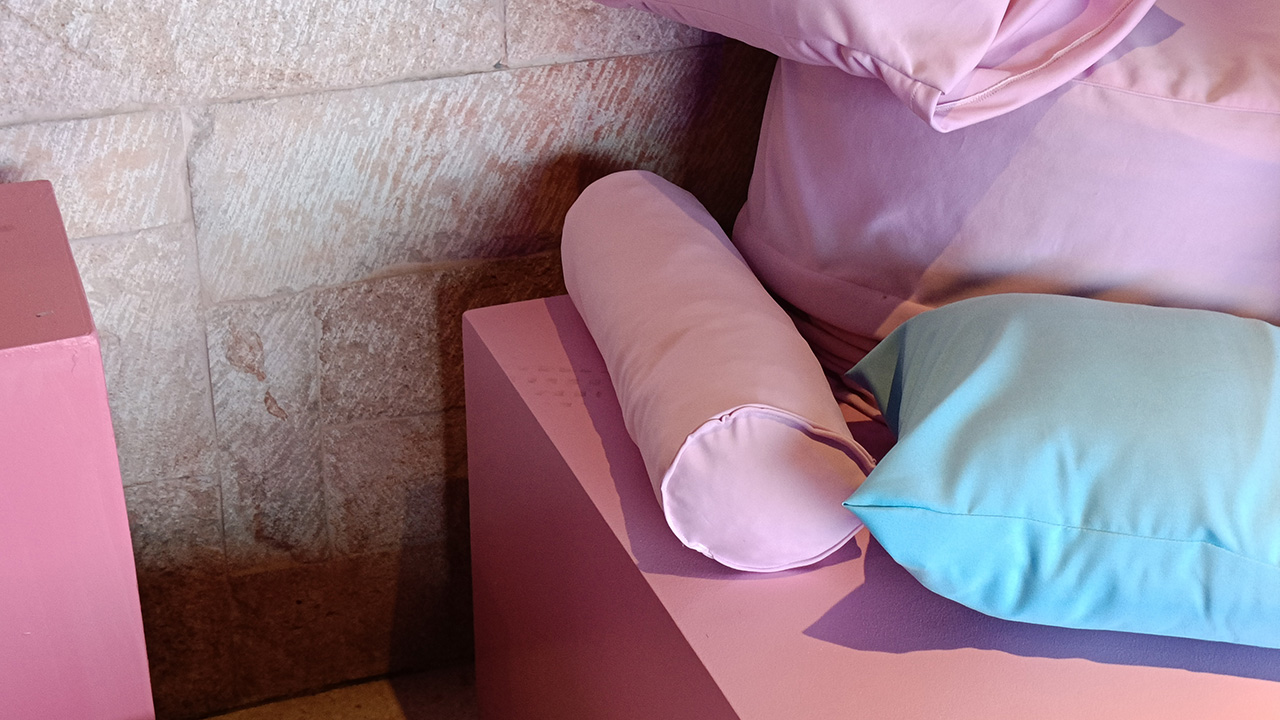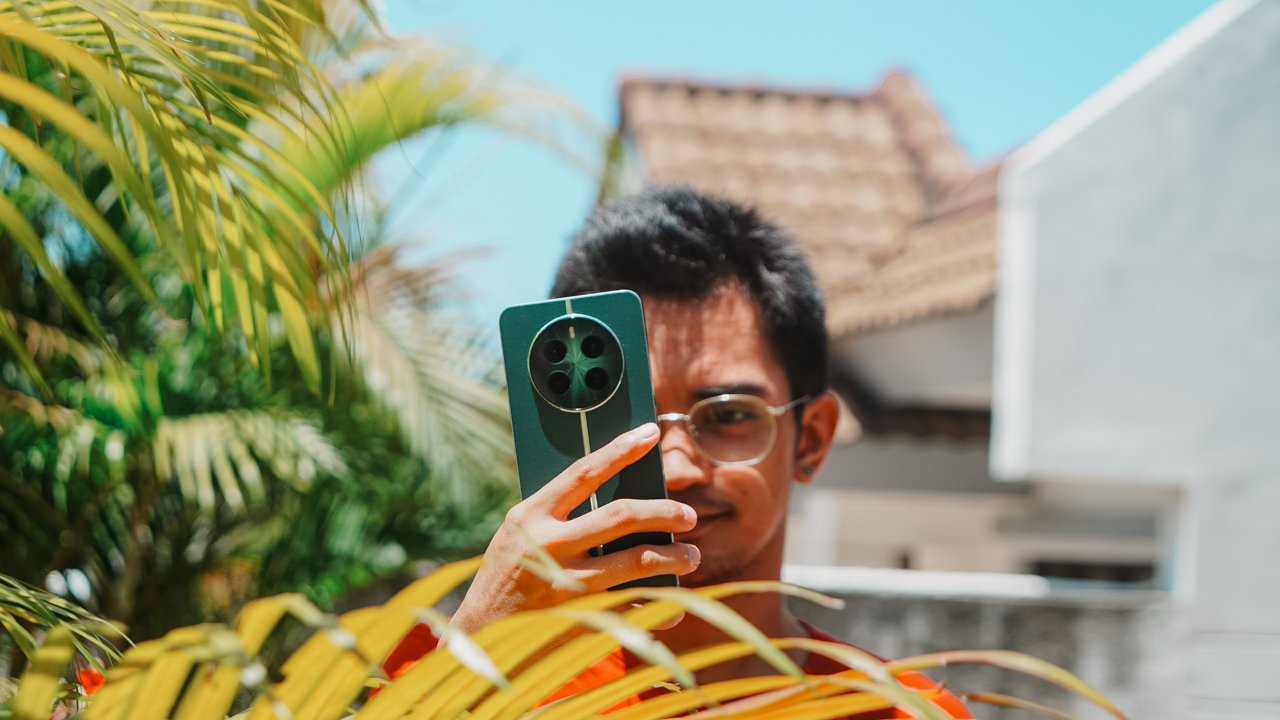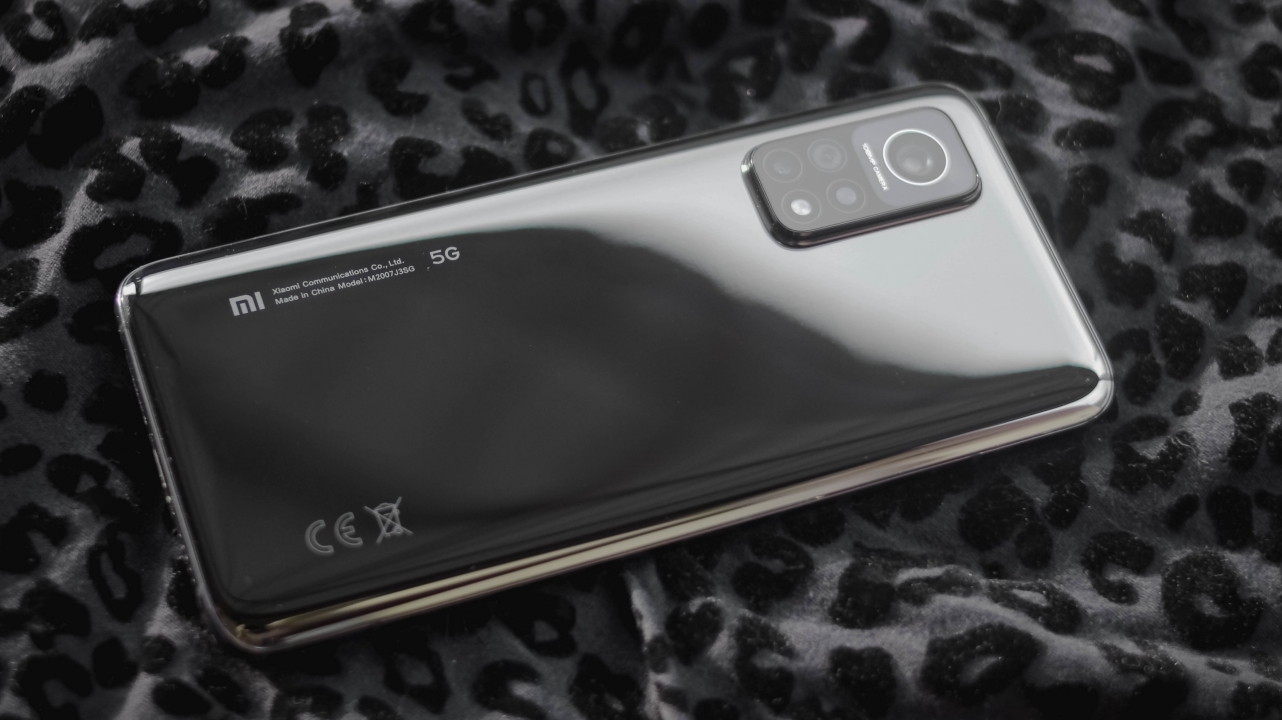
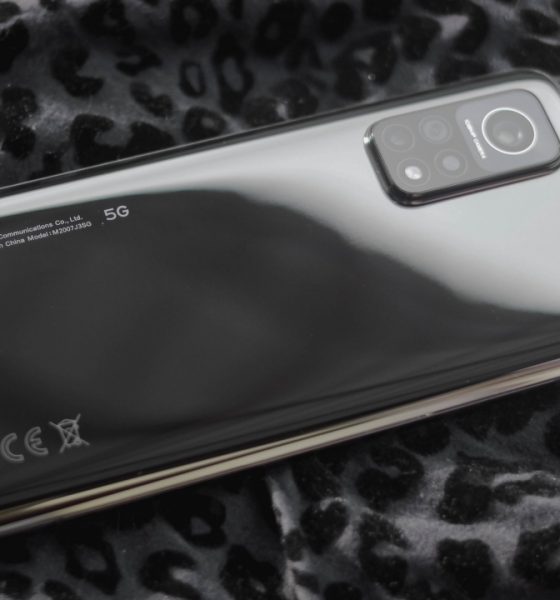
2020 has been flooded by smartphones of all kinds — budget, midrange, premium flagships, flagship killers, you name ’em. But what makes the Xiaomi Mi 10T Pro a new breed of its own? Well, aside from the fact that it packs the flagship-tier Snapdragon 865 chipset and a great amount of fast internals, it costs less than both a flagship and a “flagship killer”.
Some (or most) might know that GadgetMatch has writers from different parts of the globe. In this review, Vincenz, our Creative Producer from the Philippines, and Shivam, our India Correspondent, went all out in testing and making the Mi 10T Pro their daily smartphone for more than two months. It’s safe to say that both users maximized the usage of this phone.
To make this experience more reliable, both users also tried last year’s predecessors: Vincenz with his Xiaomi Mi 9T and Mi 9T Pro reviews, while Shivam with the Indian variant Redmi K20 and K20 Pro.
Without further a do, let’s hear what they have to say about Xiaomi’s latest Mi-T series phone.
How does the Mi 10T Pro feel in hand?
Shivam: The first thing you’ll notice about the phone is its weight, and at 218gms, it does feel like you’re holding a brick. The 108-megapixel sensor requires a lot of space and it’s evident with the massive bump. You’d often get tired while playing intensive games like PUBG Mobile, but thankfully the rounded corners and slightly curved edges provide some grip.
It’s also quite obvious that Xiaomi has tried to cut corners in the design department. The back of the phone does feel a little flimsy, but that’s visible only if you try to find the spot. As a flagship, in-hand feel is the only department where the phone feels underwhelming.
Vincenz: My first time holding it reminded me of the Xiaomi Mi Note 10 Lite I reviewed months ago because of its thickness and heft. With all the 2020 smartphones I reviewed, this one is just a tad heavier and thicker for my liking.
The comfortable “hand-feeling” isn’t as great as when I held the Samsung Galaxy Note 20 Ultra and the vivo V20 Pro, but this is better than the super slim and lightweight form of the Galaxy S20+ which felt so fragile as it might slip out of my hand any time.
However, in a country where you have to remain vigilant about pickpockets, that added heft is a good factor to know that you have your phone safe in your pocket.
Any rants about its design?
Vincenz: Two things: First, I don’t like how they added another circle just to make it “symmetrical” — which can fool a lot of consumers into thinking it has four cameras and a flash module. Second, I’m not a fan of that glass back.
Again, based from my review experience, vivo’s V20 Pro has a matte glass back which looks and feels nice. It also lessens those icky fingerprint smears whenever you use it with bare hands. Not good when little kids (cousins, niece, or nephews) are around and they want to play with your phone.
Slapping on a good case would be handy but it would make the phone even thicker. Other than those two concerns, the Mi 10T Pro is still good-looking.
Shivam: When I saw the phone for the first time, it reminded me of the Mi A3. It was a classic Android One phone that focused on software and incorporated decent hardware. The back of the Mi 10T Pro looks very similar to the two-year-old phone. A simple glass slab on a greyish metal surface. We’re habituated with new designs from Xiaomi, so this one seemed monotonous.
And like all glass phones, this one is prone to fingerprints and smudges. No matter how much you try, the back will always remain blemished. The sides of the camera module also attract a lot of dirt and gunk that can get difficult to remove. Lastly, the weight and glass back make the phone very slippery, in turn, also delicate. As Vincenz said, you can always opt for a case, but that’ll just add more weight and thickness.
Would you rather: Pick last year’s AMOLED display vs IPS-LCD as long as you keep that fast refresh rate?
Shivam: I feel Xiaomi did the perfect thing by ditching an AMOLED display. The phone has a massive edge in terms of pricing and that’s achievable due to these changes. And, the step-back doesn’t hinder the day-to-day experience.
While there’s no doubt that an LCD display can never produce the blacks or contrast like an AMOLED one, the Mi 10T Pro’s panel has very bright and saturated colors, excellent contrast, and decent viewing angles. I’ve always preferred an AMOLED display personally, but I shifted to this phone for two months without feeling unsatisfied.
Once you use a 144Hz phone, going back to a standard 60Hz display is going to be challenging. The smoothness is very easily evident and you’ll notice it more if you read long PDFs or multitask too often. As a work partner, the refresh rate does bring a consistent flow that’s certainly addictive. In a nutshell, yes, I’m totally fine with an LCD display as long as it’s top-notch and brings higher refresh rates!
Vincenz: Kind of a tough question for me. I’m a creative so I want the best possible display in most (if not all) of the devices I use. I’d still pick the Mi 9T Pro’s AMOLED display because I want those deep blacks plus better colors and contrast for my viewing pleasure. In this country where sun rays and air pollution are harsh, going outside means your screen should be visible enough for use. I kind of suffered with the Mi 10T Pro’s IPS-LCD while trying to use this phone in direct sunlight.
Although it has a 144Hz refresh rate, I’ll simply ditch it over a 60Hz AMOLED one because that buttery-smooth experience is only seen when navigating and scrolling but can’t be maximized yet due to limitations of most smartphone games.
Is it great for multimedia use?
Vincenz: Despite not having an AMOLED display, I still enjoy watching on this smartphone. Whether I use Netflix or YouTube, I still love that fullscreen experience with a small hindrance of the punch-hole cutout. If there wasn’t a pandemic, I’m pretty sure most jeepney and bus commuters in Metro Manila would glare and stare at your phone because of how immersive and borderless it looks.
Although I use my AirPods and Galaxy Buds+ more often when watching and listening, that stereo speaker is still commendable and loud enough for those ultra-loud sessions inside your house.
Shivam: This is where you won’t even realize it’s an LCD display (unless you’re in pitch black darkness). Netflix, Prime Video, YouTube, and all other streaming services look like a treat, and thanks to the massive battery, you never have to worry about juice. The screen is almost bezel-less and even the chin is quite small.
The onboard speaker is loud enough and perfect for conference calls. The microphone is sensitive enough, so if you’re too tired of earbuds after a long day, just shift to the phone. To be honest, I miss the headphone jack. I prefer wired headphones while I’m home and it’s a feature that’s available on all Xiaomi phones in the mid and budget segment, so why not the Mi 10T Pro?
Are you an in-display fingerprint reader-type of guy or are you satisfied with its side-mounted scanner?
Shivam: I was about to say that thanks to an LCD display, they were forced to go for a physical sensor. And, it’s a very good thing. The in-display sensors are slower than traditional ones and I usually can’t operate them due to humid weather (sweaty hands) or greasy hands (DIY projects). The location of the fingerprint scanner is on the right side and you automatically get used to it within a few minutes. Much faster and convenient.
In-display fingerprint scanners were a fantasy for the longest of time. But they’re here now, we’ve used them for well over two years, and none of them are close to replacing an ordinary physical companion. Some things, like the 3.5mm headphone jack, are immortal.
Vincenz: I’m definitely the side-mounted-type of guy. Other than the fact that it’s fast for unlocking (trust me, my experience with In-Display FPs are just that slow), I just like how its ergonomically-placed on the side of the phone. You can even unlock it with wet fingers 💦 (not advisable for super wet conditions since this isn’t IP-rated).
Will the spec-obsessed enjoy its real-world performance? Thoughts on MIUI 12?
Vincenz: I already said in my previous reviews that I’m both an Apple and an Android user. MIUI is loveable for me as it has some of the goodies I love from iOS such as the lack of a separate app drawer and the overall response and feel. MIUI 12 felt more familiar with its new Control Center, yet still flexible and intuitive with its host of UI features, gestures, and other easter eggs hidden in the basket.
I know the pandemic has turned a lot of Filipinos into gamers and streamers. If you’re one of them, consider this phone as a great recommendation. Can you imagine a flagship-grade performance with this beast? Let’s scrap out those pesky spec sheet and benchmarks. I was able to play graphics-intensive games like Asphalt 9, Call of Duty: Mobile (CoDM), PUBG and do multitasking with socials on the side without any slouch.
Shivam: MIUI has come a long way in the last few years and the skin works for everyone. It’s loaded to the brim with day-to-day features and it has found a balance. Unlike Samsung’s Note series, it isn’t very complicated to use, and feature discoverability has improved leaps and bounds. The settings menu has a plethora of micro options that customize your experience at each step. Once you get the phone, just take an hour to browse the settings menu and you’ll be fine.
The flagship processor stands true to its words and works like a charm. The one thing I appreciate the most is, the processor and display work together without a glitch, delivering a pleasing 144Hz experience. Whether it’s basic UI graphics or intensive gaming, the phone can handle anything. The RAM optimization is spot-on and it can store multiple apps for hours in the background seamlessly. While the phone looks boring from the outside, it’s equally interesting and assuring from the inside.
Also, I’d like to point out that India is a very specification-obsessed market and the flagship processor makes it very easy to recommend this phone. Even though you’ll barely see a difference in terms of day-to-day performance between the Snapdragon 865 and Snapdragon 765, the psychological satisfaction is enormous.
Did the 5,000mAh battery last you that long?
Shivam: It always lasted more than a day. On a very intense day, it’ll provide screen time of more than nine hours on a single charge. That’s a LOT! And you shouldn’t even be using your phone that much in a day. The phone showed its true capability when I was traveling for a day in low network areas and it still managed to retain 40 percent at 5PM with Google Maps and Spotify switched on.
Vincenz: Hell yeah! Speaking as a hardcore pro user, I was able to last ’til the end of the day with socials, gaming, listening, watching, and even photo-taking. If you’re thinking about buying this phone because of its large battery size, you will not regret your purchase because of its great battery endurance.
What about charging speeds? Are they as fast as advertised?
Vincenz: Quick charge is another feature I like with the Mi 10T Pro. Other than the blessing of being equipped with USB-C (I mean new smartphones like this SHOULD be equipped with it), it was able to fill up that monstrous battery for about an hour.
Considering how enormous 5,000mAh is, it’s fast enough to fill up the phone especially if you forgot to charge it and have errands to do outside amid the heaps of crowds in malls and supermarkets hoarding masks, face shields, and grocery items.
Shivam: Due to the pandemic, I almost stopped charging my phone to full. If I’m going out, just a quick 15-minute charge is sufficient for hours of usage. It can fully charge the phone within 75 minutes, which is a very short period. This phone will never keep you hooked to a wall.
How are the 5G speeds? Were you able to use it in your country?
Shivam: India hasn’t rolled out 5G yet, so I couldn’t test one of its prime offerings. We expect a spectrum sale in 2021 and telcos like Jio are optimistic about a 2022 launch. But the country is still far away from commercial-grade roll-out. So, should you be investing in 5G right now? Is this phone slightly future proof?
If you use a phone for three or more years, then this may be future proof for you. That’s assuming 5G rolls out in your circle in the initial phases. Otherwise, there’s no use in particularly buying a 5G phone right now. Oh yes, it’s a completely different scenario if you travel frequently and can leverage 5G in other countries temporarily. 5G connectivity is gradually becoming mainstream and will it hit its peak when the world’s second-largest smartphone market joins in.
Vincenz: There are only a few 5G hotspots in the Philippines. I live in a province near the Metro but we still don’t have any 5G towers around here. But because of the ease in lockdown measures, I was able to go out and test it in Bonifacio Global City (BGC) in Taguig, which is around an hour away from my home. Alabang might be a nearer stop as it only takes 30-minutes to go there but I’m quite unsure with the specifics of the 5G cellsites around the area.
Local 5G speeds may not reach those ultra-fast gbps speeds as other 5G-equipped countries like South Korea and USA, but considering the Philippines has one of the slowest internet connections in the world, this is already an ultimate gift for internet-savvy users especially when you’re outside and you don’t have a fast Wi-Fi connection near you.
Are the rear cameras among the best for its price?
Vincenz: I’ll be direct with this — it’s not THAT bad. It’s just not the best.
Disclaimer: Although being a creative means processing your photos every now and then, the photos below were taken straight out of the camera without any color correction, touch-ups, whatsoever.
To be fair, the cameras taken in the right amount of sunlight look excellent.
Whether that may be a wide, zoomed, or even an ultra-wide shot — they all look great!
- Ultra-Wide
- Wide
- 2x Zoom
But coming from someone who was astounded with the Mi 9T Pro’s excellent cameras, the Mi 10T Pro was kind of a step back. There were inconsistencies here and there. White Balance might not be accurate at times especially in all three sensors as the main sensor produces the best-looking shots and something that’s closer to reality. Of course, that can easily be corrected through post-processing.
- Ultra-Wide
- Wide
- 2x Zoom
But there are other factors that are not fixable through post.
One is the Dynamic Range with blown-out highlights and shadows altogether that can be seen below.

Sometimes, AI and HDR don’t even agree with each other.
The first photo of those little munchkins looked delicious but the chicken cheese bomb I captured after looked so bland and less appetizing.
I also have trouble every time I try to focus or zoom on a subject.
Speaking of macro, I just don’t like how the radial blur tries to fake that depth segmentation against the subject. The Mi 9T Pro wasn’t like this when taking zoomed and macro shots. Surprisingly, I experienced the same issue with the V20 Pro and even the Galaxy Note 20 Ultra.

For night shots, it gets the job done thanks to AI and the wide aperture in its sensors. Then again, there was a White Balance inconsistency that’s fixable through post.
- Ultra-Wide (Low-light)
- Wide (Low-light)
- 2x Zoom (Low-light)
Considering its price range, don’t really expect it’ll produce stunning night shots since cameras are what sets less expensive phones apart from flagships.
- Ultra-Wide (Night Mode)
- Wide (Night Mode)
- 2x Zoom (Night Mode)
For something you would just post on social media, it wouldn’t really matter. It’s just me being nit-picky about this — and I know some phone users might be like me, too. This also makes room for improvements for a lot of smartphone manufacturers in their future releases.
Shivam: I’d say the cameras do an excellent job during the day but slightly disappoint during low-light or immediate circumstances. The iPhone is often jokingly called the best selfie phone when you’re drunk and that’s because of reliable and quick hardware-software integration. The Mi 10T Pro does click pictures like a flagship, but the experience is slightly different.
The pictures look stunning with accurate colors, balanced contrasts, and precise sharpness.
Don’t get me wrong, the result is very satisfying and if you’re not a photography enthusiast, the drawbacks aren’t glaringly visible. But after using Xiaomi phones for years across different price bands, we’ve come to expect above-average performance from pretty much all of them. So, seeing average results from a flagship is underwhelming.
When clicked in low-light environments, the sensor struggles to capture the shadows, details are missing, and the noise removal algorithm seems to be too aggressive. Although, the night mode works seamlessly and does a much better job of refining the binned image.
One thing that annoyed me the most was the camera app’s capture button. Clicking a picture single-handedly is a herculean task because the heavy phone rests on two fingers and the button would fail to register a click most of the time. Initially, I thought I’m doing something wrong, but with more than two months of usage, it has always been a repeat offender.
What makes this phone so special? It has a 108-megapixel primary camera that can capture a lot of details. If you’re looking for stunning landscapes that have practically unlimited zoom, this phone is for you. I clicked a 108-megapixel image while taking off from Mumbai and the results are quite impressive. The sensor is quick and the stabilization is on-point.
- Original image
- Original image after zooming
How’s the selfie quality of that single punch-hole camera?
Shivam: This has actually become a very straightforward answer for pretty much all modern phones — it’s good and gets the job done. There’s a 20-megapixel sensor in the punch-hole cut-out and it clicks satisfying images during the day. The software is able to accurately pick up your skin tone and add a smoothening layer that isn’t too aggressive. Obviously, the beauty additions are optional.
Vincenz: I always say I’m not the biggest selfie user but after trying it out, I’m really happy with how my selfies turned out. The smearing or face smoothing isn’t as bad as other phones as I like how there are still full details that can be seen on my face. The depth in portrait mode also produced a clean cutout of my hair.
 Portrait Mode OFF | Portrait Mode ON
Portrait Mode OFF | Portrait Mode ON
Other than that, I also like the inclusion of the ultra-wide mode for those groufies with social distancing (in which a National chief police officer and his constituents failed to do so).
Is the Mi 10T Pro Your GadgetMatch?
Vincenz: Michael Josh did not give the GadgetMatch Seal of Approval in his Mi 10T Pro review for no reason. At just PhP 24,990, it’s a no-brainer to recommend the Mi 10T Pro for most users.
If you’re into a great all-around smartphone without breaking the bank, this is a sure recommendation. Equipped with the best specs, a good display with a fast refresh rate, and hosts of features, what more could you ask for? But if you value cameras the most out of those aforementioned factors, look elsewhere.
If you don’t mind the notch and the less-powerful Snapdragon 765G chipset and you prefer a better look and feel, the vivo V20 Pro is also worth considering. It even has great cameras for its price.
Shivam: Yes, the phone is surely recommendable. It tries to cut corners in a lot of places, but that doesn’t end up hampering the end-experience. For a very aggressive price of INR 39,999 (US$ 550), the Mi 10T Pro gets a flagship processor, 144Hz display, a 108-megapixel camera, and a slightly more premium experience. If you’re looking for an all-rounder that can get anything done, this phone is made for you. But, if you’re looking for the most cutting-edge flagship, you’ve come to the wrong place.
The OnePlus 8T is a slightly expensive option but lacks a lot of crucial features that make the Mi 10T Pro special. And, like Vincenz suggested, if you’re fine with a Snapdragon 765G chipset, the vivo V20 Pro is an excellent choice along with the OPPO Reno 4 Pro.

Reviews
Challengers review: A thrilling drama wrapped as a tennis anime
Catch it in Ayala Cinemas starting April 24th

Tennis is more than just hitting a ball really hard with a racquet. There are player tics, serving techniques, mind games, and, of course, drama off the court. Challengers, starring Zendaya, takes the entire game and turns it into a dramatic thriller worthy of Wimbledon.
In Challengers, Art Donaldson (Mike Faist) is an aging tennis superstar desperate for one more big win. His wife Tashi (Zendaya), a retired tennis star in her own right, does everything to coach Art back to his winning ways. Opposite them is Patrick Zweig, a former-friend-turned-rival, facing Art in the final match of a Challenger.
As premises go, Challengers seemingly presents a straightforward sports drama. It’s a simple one-versus-one, after all. However, the film’s 2-hour-plus runtime hides a more complex drama.
The second-strangest ménage à trois in film
The film starts in media res: the first set of the final match. It doesn’t tell you who Art, Patrick, or Tashi is. It’s just a friendly match. There are, however, questions abound. Why is Zendaya’s character looking intently at one of the players? Why is the other player concerned that she is looking at his rival and not him? Who are these people?
Before you can ponder each question, the film takes you through multiple time jumps. The earliest (and longest) of which — thirteen years ago — sets up the story. Art and Patrick are two best friends and tennis prodigies teaming up to decimate the competition at their school. Everything changes when the two friends catch a match of another young prodigy, Tashi Duncan.
Both friends engage in a friendly competition to see who can successfully flirt with her. The sequence ends in the second-strangest ménage à trois committed to film. (To see the strangest one, catch Alfonso Cuarón’s Y tu mamá también, a clear inspiration to Challengers.)
The time jumps don’t end there. The story quickly volleys back and forth between different times in the past and the present, including years, months, weeks, and even hours ago. Sometimes, the skips result in the cinematic equivalent of whiplash from watching a tennis ball rapidly travel from left to right. But if you just follow the ball, it ends with one of the most thrilling, edge-of-your-seat dramas this year.
Blink and you’ll miss it
Despite how creative the time skips already are, Challengers shines with its subtler elements: the tiny movements, the tics that seasoned sports watchers can catch. Much like how a play-by-play commentator directs a viewer’s attention to what makes a player tick, the film subtly shows you elements of an even deeper story that it may or may not expound on.
Early on, Challengers shows a blink-and-you’ll-miss-it scene featuring Tashi’s knees. If you weren’t paying attention, you might have missed a scar from a surgical incision, hinting at why Tashi retired from the sport.
In that particular example, the film does dwell on it a bit in a past flashback. However, there are plot points that the film just drops on audiences with nary an explanation. For example, you might see telltale injection marks up Patrick’s wrist or a short-but-telling rehab session for Art. The film drops these nuggets only for the viewer to ponder. They’re short, but they paint a compelling picture to complement the action on the court.
It’s a tennis anime
In essence, Challengers is just about a tennis match between two emboldened competitors. However, like an anime battle that takes ten episodes to resolve, the film understands that the sport is not just about results: it’s about all the tiny movements, strategies, and dramas. If Wimbledon was this thrilling all the time, I should probably tune in a lot more.
Challengers shows exclusively in Ayala Cinemas starting April 24th.
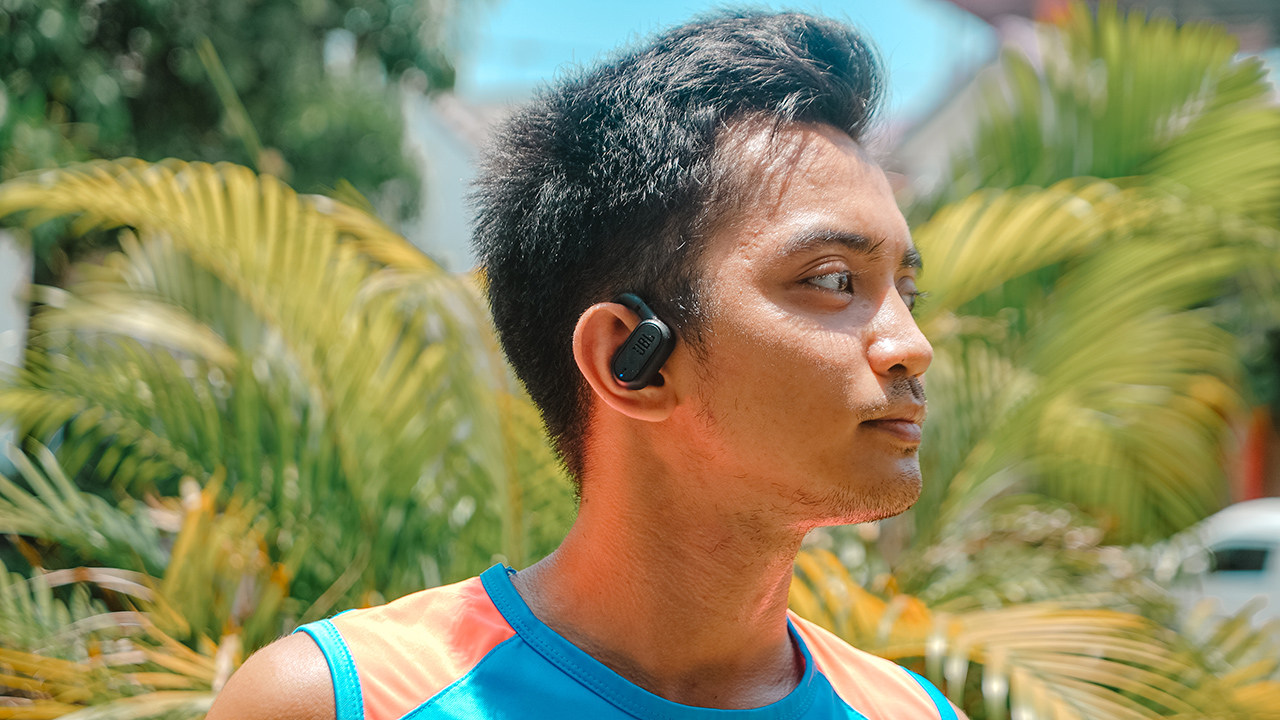
Running has been a form of meditation for most people. To some, it’s a time where your mind goes blank, allowing you to have a break from your stimulated mind.
For others, like yours truly, it’s a moment to sort out thoughts and emotions after having a preoccupied day. A common denominator between runners is doing the activity alone, accompanied only by their smartwatches, a hydration flask, and good music.
I’ve been using true wireless earbuds to accompany me on my runs, but the advent of JBL Soundgear Sense piqued my curiosity.
What is it like to use open-ear headphones when out for a run? To find the answers, I used the Soundgear Sense during my ongoing race season.
Take the long way home
As I put on mileage for my upcoming races, I have been required by my coach to add more slow runs to improve my aerobic base. That entails long, boring runs for an hour or two.
Imagine the agony of finishing a minimum of 10-kilometers by relying on your heart rate and not your pace. That was when I sought solace from the JBL Soundgear Sense.
I didn’t realize that having open-ear headphones would allow me to take on scenic and busy routes without worry that a car might hit me.
Unlike when I use true wireless earbuds that fit snugly in my ears, the Soundgear Sense are hooked and clipped on the curve of my ears without covering the ear canal.
This allowed me to hear my surroundings while still enjoying my favorite songs from Taylor Swift and BINI, a rising P-pop girl group.
Open but still private
Even if the Soundgear Sense has an open-ear design, rest assured that there’s zero sound leakage. JBL’s OpenSound technology made sure that the sound pressure is directed through waves towards the ears, while also reducing sound dispersion.
There’s a certain shame in having people find out whom you’re listening to. Maybe because you don’t intend to share the music you’re enjoying. But if you opt to share your jam, might as well have a Bluetooth speaker, right?
That’s why I liked the idea of keeping it open but still private — in relationships and my wearable. I get to enjoy “Pantropiko” and “Salamin, Salamin” by BINI all by lonesome, while still attuned to my surroundings.
It also helps that each earbud has a 16.2mm driver with a unique bass-enhancing algorithm. The sound allowed me to immerse myself in the songs I was playing, but still aware of the external noises of the streets. Somehow, the Soundgear Sense felt like a second, inner voice whispering thoughts through music.
Hybrid design for hybrid athletes
I don’t just run. I also lift on the same day right after running. Being a hybrid athlete allows me to prepare my body from the demands of multi-sports training and partaking on a Spartan race.
I like how the Soundgear Sense has a hybrid design that makes it apt for different type of workouts. Its adjustable earhooks are clipped perfectly, which doesn’t fall off even when I’m doing plyometrics. It’s also steadily in place even if I sprint and/or do some speed training.
Even when I’m heavily sweating, the Soundgear Sense didn’t slip off. With an IP54 rating, it’s dust-, splash-, and sweat-resistant.
Also, the way it’s designed is secured to fit on whatever activities you have, regardless of sweating. Except gymnastics and parkour, though.
The Soundgear Sense might fall off after you hang or flip from those extreme activities that require being suspended in the air.
For added security, there’s an included neckband inside the box. However, I hate having something dangling on my nape so I never used it.
Moreover, I couldn’t last more than an hour having it clipped even with a supposed hybrid design. It hurts my ears eventually, and I feel like someone was pinching my ears and I couldn’t do anything.
If I have runs for more than an hour, I’d opt not wearing both earbuds.
Easy connectivity
One thing I like about JBL is how easy it is to connect your wearables to your smartphones, be it an iPhone or an Android.
Once both devices are paired, flipping open the case will instantly connect the Soundgear Sense to your smartphone.
While running, I don’t have to constantly check my phone since the Soundgear Sense, along with my Garmin epix Pro (Gen 2), helps me stay connected. With just a single flick on the earbud, I can control my music, volume, and calls.
My friend, Betty, called me one time while I was out for an easy run and she barely realized I was running until I gasped for my breath when running on a steep incline. It’s convenient to have crisp and crystal-clear calls within your reach.
And to make it more convenient, the touch controls can be personalized to your liking. On the left earbud, it’s usually the volume control.
One tap and it increases the volume, while double tapping decreases it. When someone calls, you can double tap to respond or you can tap and hold to reject the call.
The right earbud uses the same call control, but it’s automatically set for playback control. You can switch earbuds depending on the gesture you prefer.
All of these customizations can be done using the My JBL Headphones app.
Definitely long lasting
I have had the Soundgear Sense for two weeks now, and both earbuds still have a half battery life from a single charge. As of writing, the left earbud still has 51% while the right earbud has 56%.
Thanks to its charging case, both earbuds keep recharging every time they’re stowed inside.
But if you’re wondering why the left earbud has a lower battery life, it’s not because I spend too much time watching adult-rated content.
A lot of times, I run with just the left earbud clipped on my ear to stay alert from my surroundings. Even with OpenSound technology, I tend to get lost in the music I’m listening to whenever I have both earbuds hooked.
Considering I’ve amassed more than 70km of running mileage for two weeks with almost 10 hours of running, the Soundgear Sense surprised me with its battery life.
I haven’t charged it since then, which made me wonder how fast it would really be, if I get to drain it down to zero and juice it back up to 100. Perhaps, stay tuned on my Instagram and TikTok accounts?
The Soundgear Sense is expected to let you listen wirelessly for up to 6 hours. You get an extended life of another 18 hours through the charging case. A quick 15-minute charge through the Type-C port gives an additional 4 hours of music.
Is this your GadgetMatch?
For an athlete, the JBL Soundgear Sense surely makes every run magical. The design and technology were innovated with runners in mind. The device integrates seamlessly to any type of active lifestyle.
It will boil down to preference, whether you enjoy an open-ear design clipped onto your ears or you’d enjoy an earbud blocking your ear canal.
As for me, I think I’ll switch and pick the Soundgear Sense to accompany me in my race season. It helps me immerse myself in good music, stay connected, while keeping me attuned to my surroundings. This ensures my safety when out for a run.
It’s easily a GadgetMatch for all types of athletes dedicated to fulfilling their training assignments. It’s also for fitness enthusiasts entering their “runnerist” era.
The JBL Soundgear Sense retails for PhP 9,499. It is available via JBL’s website and select, authorized retailers.
Reviews
realme 12+ 5G review: One month later
What is it like to spend a month with a midrange smartphone?

What is it like to spend a month with a midrange smartphone?
For someone spoiled with high-end, flagship smartphones, a watered-down experience terrifies me. I couldn’t fathom using just a midrange smartphone, even if I’m counted as a casual user.
But spending a month with the realme 12+ 5G gave me a new perspective on what midrange smartphones at 2024 can do.
Powerhouse at a fraction
A lot of times, I’ve used the realme 12+ 5G to play Mobile Legends: Bang Bang. I know, I know. It’s 2024 and I’m still playing the same old MOBA but it’s a game I know all too well that helps me de-stress after a long day.
See, I’m an athlete balancing my work and life. Sometimes, I just want to rot in bed while playing on my phone.
The realme 12+ 5G helped keep me sane thanks to its lag-free gameplay. Not once did I feel any heat or slowing down even while playing in an Ultra Graphics and Super High Frame Rate setting.
The Vapor Chamber Cooling System came into play, dissipating the heat so even if under heavy usage, the gameplay is still optimal.
Moreover, the realme 12+ 5G uses a MediaTek Dimensity 7050 chipset. When you combine this with a 12GB dynamic ram that’s expandable through your storage space, you won’t have to worry about a watered-down experience from using a midrange device.
The RAM can take up from 4GB up to 12GB to be re-allocated from the 256GB internal storage. Though, I only used 4GB since I didn’t feel the need to turn it up to the highest configuration. It’s already smooth even when multi-tasking.
It may not be as smooth as the flagship smartphones I held, but it’s enough particularly for people who just needs a smartphone they can use for their everyday lives. However, if you want a midrange device dedicated for an even more intensive gameplay, I’d suggest looking elsewhere.
Daily companion for viewing, listening
When I was on my way home from my training, I drove past a busy road in Pasig City where vendors are in the streets, bystanders are frolicking, and loafers gossip while taking space through the plastic stools they sat on spread out near the sidewalk.
What do they have in common? Smartphones. There was a realization that the Filipino masses rely on their devices to be entertained and connected.
I have a feeling that if I wasn’t a multi-passionate person with an insanely hectic schedule, I’d bury my head on a smartphone, too.
This is where having a spectacular audio-visual performance comes into play, especially for budget and midrange devices. Luckily, the realme 12+ 5G has a 120HZ Super AMOLED Display and Dual Stereo Speakers.
It’s one of the reasons why I started playing Mobile Legends: Bang Bang again when I was decompressing for the day.
Aside from doomscrolling on TikTok, I just like it when the display is fluid, vivid, and smooth while the audio can be as loud and immersive. Unlike most midrange smartphones, the audio-visual performance is always a hit or miss.
Sometimes, they have an excellent screen while the audio suffers, or vice-versa. The realme 12+ 5G just have it both.
Capture it, remember it
The realme 12+ 5G uses a 50-megapixel SonyLYT 600 OIS Portrait Camera, an 8-megapixel 112° wide-angle lens, a 2-megapixel macro sensor, and a 16-megapixel selfie camera on the front.
I used the smartphone to capture photos I send to my loved ones. From selfies, coffee runs, hotel visits, group photos, food shots, and just anything and everything in my life.
The quality for low-light shots is a hit or miss, but for photos taken during daytime and with good lighting? It’s just spectacular.
Here are some sample photos to look at:
Portraits & Selfies
Food
Sceneries
Everyday photos
Real on reliability
The realme 12+ 5G’s battery capacity is just *chef’s kiss*.
Its ability to retain its battery life even on standby is just incredibly helpful for someone who keeps forgetting to charge his devices.
The realme 12+ 5G lasts long enough when out for the day, and even if you spend a lot of hours playing games and doomscrolling.
One time, I played Mobile Legends: Bang Bang for three hours straight from a full charge, and I still had enough juice to keep playing. That 5000mAh battery surely is a lot of juice that doesn’t drain easily. I had to be the one to give up playing since it hurt my eyes already.
Charging it with 67W SuperVOOC, the realme 12+ 5G gets full charge in less than an hour. This is why even if I forget to charge it at night, I just have to plug the charger in the USB-C port while I was taking a bath and prepping for work.
Could’ve been a real premium
Aside from its performance and capabilities, the realme 12+ 5G comes with a strong and beautiful exterior. The unit I have came in Pioneer Green, resembling an emerald-touch of old money.
Without a plastic case, it’s soft, feels luxurious, and easy to hold even with a boxy frame. At a glance, it’s even more beautiful with its luxury watch-inspired design, thanks to designer Ollivier Savéo.
For a midrange device, realme has a knack for making its devices look and feel sophisticated. Furthermore, it’s dust and splash proof with its IP54 rating. It’s a win-win, right? Strong and pretty at the same time.
My only issue would be the realme UI 5.0 based on Android 14 that’s packed with bloatware. Look- and feel-wise, the realme 12+ 5G would be a premium stunner, even with its camera, audio-visual, and battery performance.
But the UI design along with the unnecessary bloatware made it cheap and annoying to look at.
Is this your GadgetMatch?
The realme 12+ 5G delivers what you’d expect out of a midrange smartphone. It’s premium-looking, long-lasting, offers reliable performance, and captures vivid portraits and pictures.
It’s easily a GadgetMatch for casual users requiring enough power and juice on a device that looks pretty and strong. If the realme 12 Pro+ 5G is a midrange marvel, consider the realme 12+ 5G almost the same, but at a lesser cost.
It retails for PhP 19,999 for the 12GB+256GB variant, while the 8GB+256GB unit is priced at PhP 17,999.
-

 Features1 week ago
Features1 week agoFortify your home office or business setup with these devices
-

 Events2 weeks ago
Events2 weeks agoStellar Blade: PlayStation taps cosplayers to play Eve for game’s launch
-

 Gaming2 weeks ago
Gaming2 weeks agoThe Rogue Prince of Persia looks like an ultra-colorful roguelite
-

 Accessories2 weeks ago
Accessories2 weeks agoLogitech unveils G Pro X 60 gaming keyboard: Price, details
-

 Reviews1 week ago
Reviews1 week agorealme 12+ 5G review: One month later
-

 Gaming2 weeks ago
Gaming2 weeks agoLenovo confirms development of a Legion Go 2
-

 Deals2 weeks ago
Deals2 weeks agoTCL P635 TV: Big savings for TCL’s anniversary
-

 Gaming1 week ago
Gaming1 week agoNew PUMA collection lets you wear PlayStation’s iconic symbols


